Opinion: The false allure of corporate social media
Credit: Genevieve Morrison
WSPN’s Genevieve Morrison discusses the rise of corporate social media and what it means for consumers.
February 10, 2022
Social media is the new frontier. It’s your entertainment, your communication, your news outlet and everything in between. The newest dimension of this expansive network is advertising. A far cry from your average T.V. ad, this advertising is sharper than anything you’ve ever seen. Companies are getting smart about how to make money off of Instagram, and they are blurring the lines between human and corporate interactions.
Up until recently, businesses have simply been a presence on social media, mostly through explicit ads. But as social media itself becomes more multifaceted, so does advertising. Features like “tagging” shopping items on Instagram, turned into influencer brand deals, which turned into hilarious videos that make you think “wow! Who knew multimillion dollar corporations could be so funny?” However, these new strategies didn’t replace each other, they just piled up to the point where social media is saturated with both overt and covert advertising.
It reminds me of when I was younger. I would see ads and beg my parents for that latest toy, only for them to respond with “you can’t believe everything you see on T.V.” This is what’s happening now, but now it’s not in between episodes of Disney Channel shows. Ads are becoming harder and harder to detect as the newest class of social media users, as young as seven years old, begin to navigate these apps. However, they are not only vulnerable to annoying ads, but they are also beginning to form parasocial relationships with these companies, mostly through the most popular app in the world, TikTok.
TikTok is doing something rarely done before: allowing companies to show their “personalities.” The language-learning app, Duolingo is probably the best example of this spectacle, as they are gaining increasing attention for their TikTok videos and comments. Their mascot, a green owl, is displayed following all the latest trends. The owl does everything from singing Taylor Swift lyrics to “thirsting” over Dua Lipa, to “twerking.”
It’s silly, but funny nonetheless. I, myself, laugh at it from time to time. However, I noticed a trend. They make a lot of content about being in trouble with their executives for their TikToks. One video reads “checking my daily complaint emails from the execs,” while another shows the owl, named Duo, complaining about how “the legal team doesn’t let me post explicit content.” In doing this, their mascot makes their own entity, separate from the company. To viewers, the Duolingo owl might as well be a real social media user, just like them. Obviously, the mascot is still an extension of their company. No matter how much they insist Duo is a mischievous troublemaker, all of these scandalous videos are making the company even more money. It’s working out well, as their TikTok page has amassed over 2.8 million followers and 52 million likes.
Through these strategies, the company is attempting to show that they are “not like other companies,” and this is somewhat true! As far as corporations are concerned, Duolingo does a great job of balancing profits and ethics. Their social media approach is innovative, and even though they are technically duping their audience, Duolingo is not necessarily the problem. When it gets into the hands of other companies is when the issues reveal themselves. Already, the Duolingo method is being adapted by other, not-so-benevolent corporations.
The NFL has recently employed a new Gen-Z-targeted marketing campaign, including a partnership with, you guessed it, TikTok. Sprinkled in with your average football videos are reposts of viral football-related content, as well as their own creations. They use trending sounds phrases, and one of their captions is “are these glasses pushing ‘P?'” Just like with Duolingo, people are eating it up. Their videos bring in tens if not hundreds of thousands of likes, and the league’s multi-year partnership with the app will without a doubt bring an increase in football viewership.
Some praise the partnership, claiming that it helps to build more authentic fan connections. Honestly, it probably does. But who does that benefit? Let me give you a hint, it’s not the fans. It might feel nice for viewers to have a seemingly personal relationship with a company they support, but this fuzzy feeling will only be inputted into an advertising algorithm. After all, the company isn’t seeking friendship and hugs, they’re looking at the bottom line.
Another plus side to this partnership is distraction. If you’ve been paying attention over the last few years, you’ve probably heard of a few scandals within the league. The NFL is always seeming to get themselves into trouble, whether it be through Bob Kraft’s infamous “happy ending” or most recently, the controversy surrounding the mistreatment of Antonio Brown. In the age of “canceling,” public perception is everything. The NFL knows that. They also know that a cozy rapport between loyal fans and their TikTok account might just make news of the abuse of cheerleaders or increasing cases of CTE fall on fans’ ears a little softer. While this might not have been the deciding factor in starting the two companies’ partnership, I would be remiss not to mention the sheer convenience of it all.
At the end of the day, a creepily human-like corporate social media isn’t the worst thing in the world. It’s not out of an episode of “Black Mirror,” but it’s just a little weird. However, it does make me wonder “what’s next?” We are still living in the early stages of social media’s prominence. It’s just the beginning 0f the possibilities of social media’s reach, and they’re widening day by day. Human beings are smart, and we’ll no doubt catch on to these marketing tricks fast. For now, keep your eyes open, because everything is not what it seems.


![On Monday, June 10, the annual Underclassmen Awards ceremony took place inside of WHSs auditorium.
I think that these awards bring motivation to [WHS] students to preform well academically, Sophomore Rufat Hasanov said.](https://waylandstudentpress.com/wp-content/uploads/2024/06/IMG_0474-1200x800.jpg)




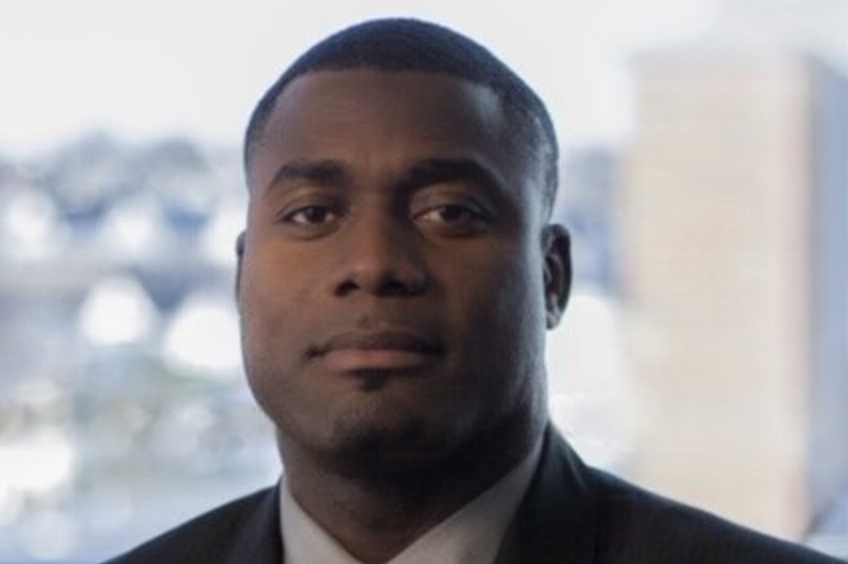
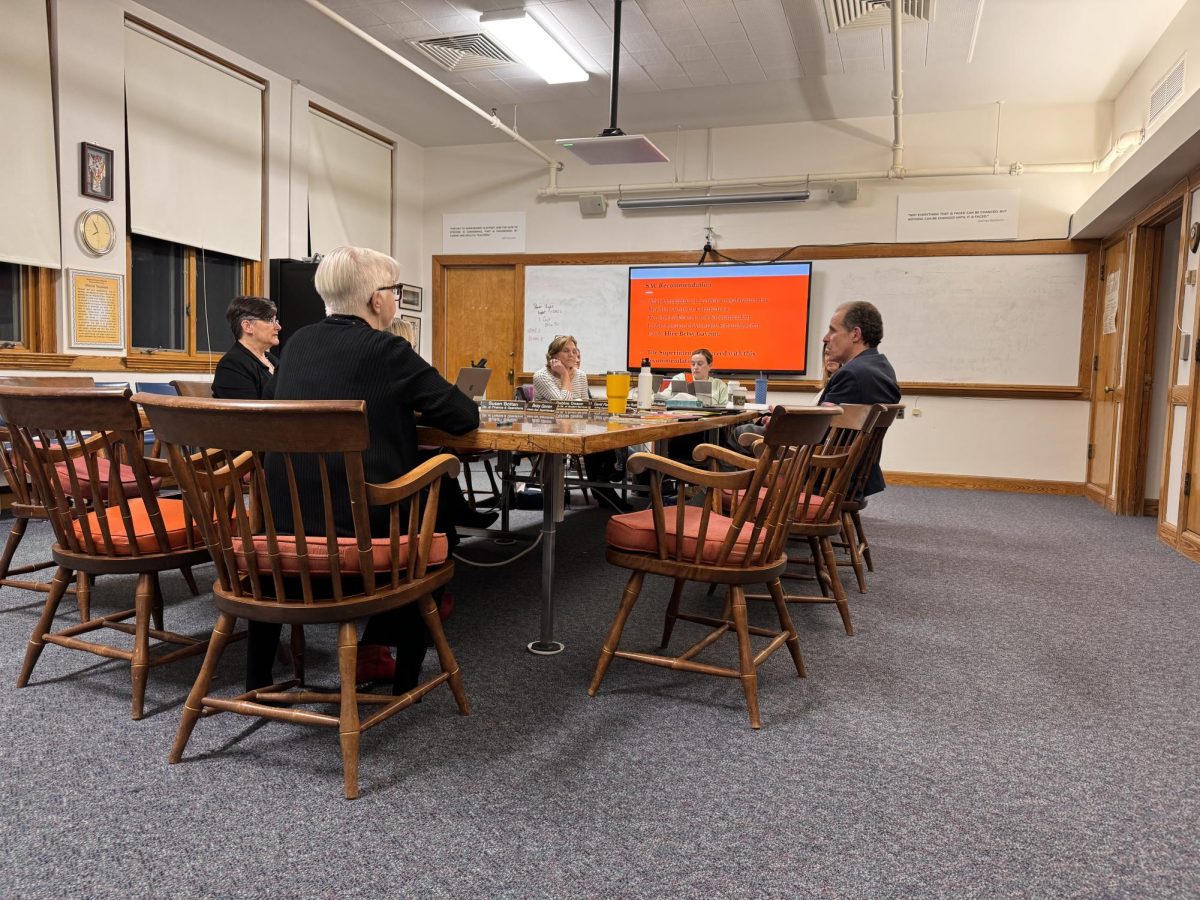

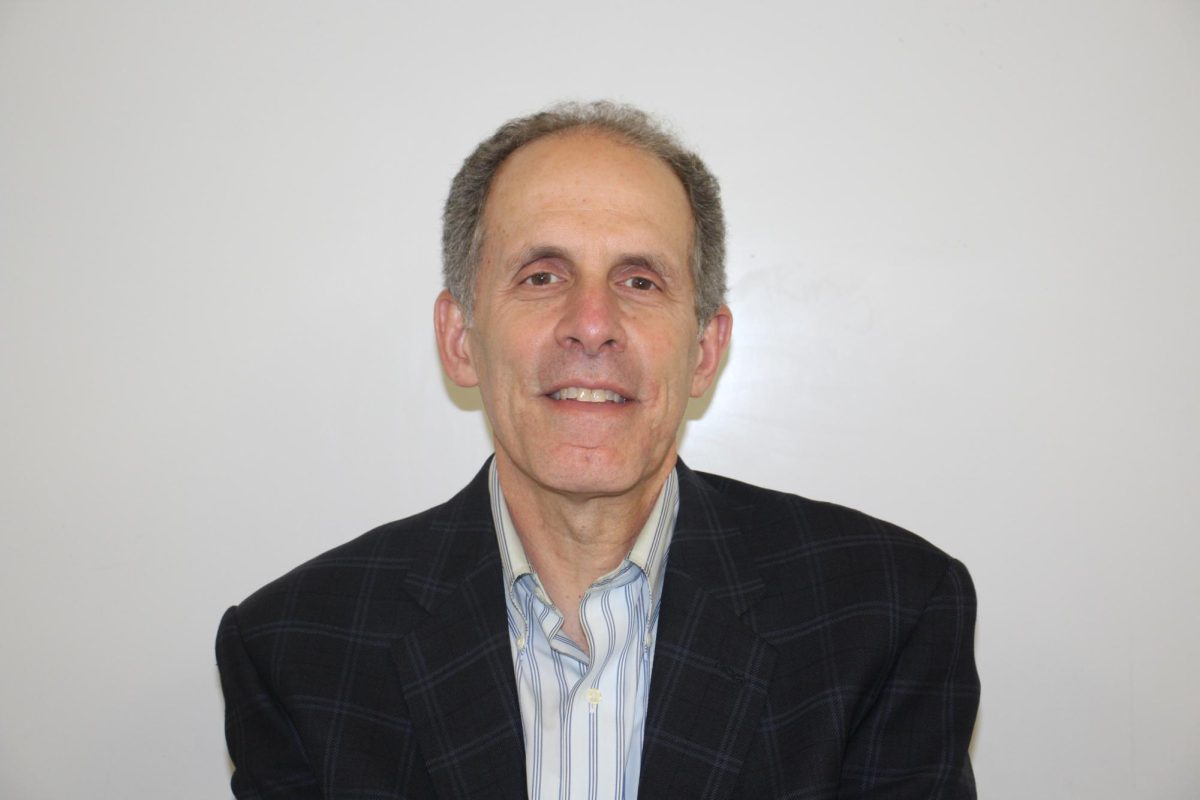




![The Wayland residents who volunteer to coach baseball try to make the environment fun and uplifting for players. “[I try] to build the kids up,” Co-Commissioner and coach for a Minors team Alex Ahmed said. “If someone strikes out, you encourage them, [and] say that [they] get another chance, [or they] could try again next time.”](https://waylandstudentpress.com/wp-content/uploads/2024/06/unnamed-1200x801.png)
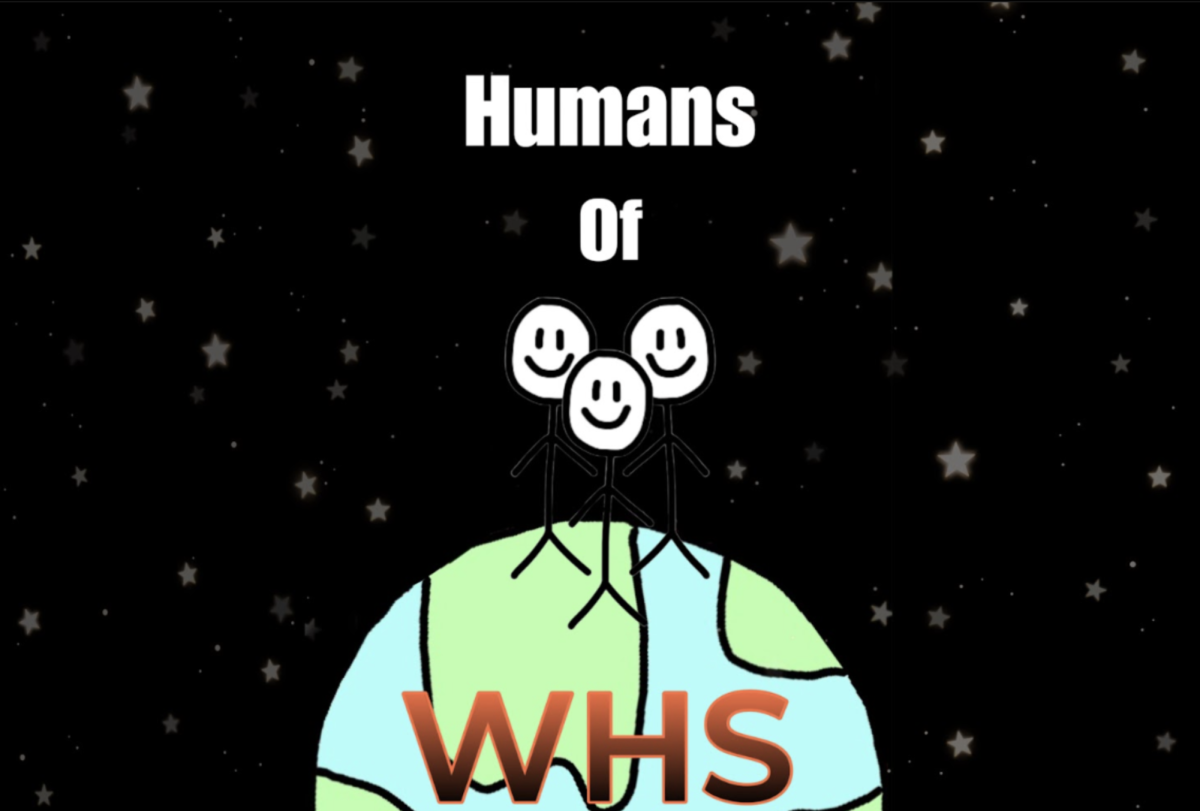
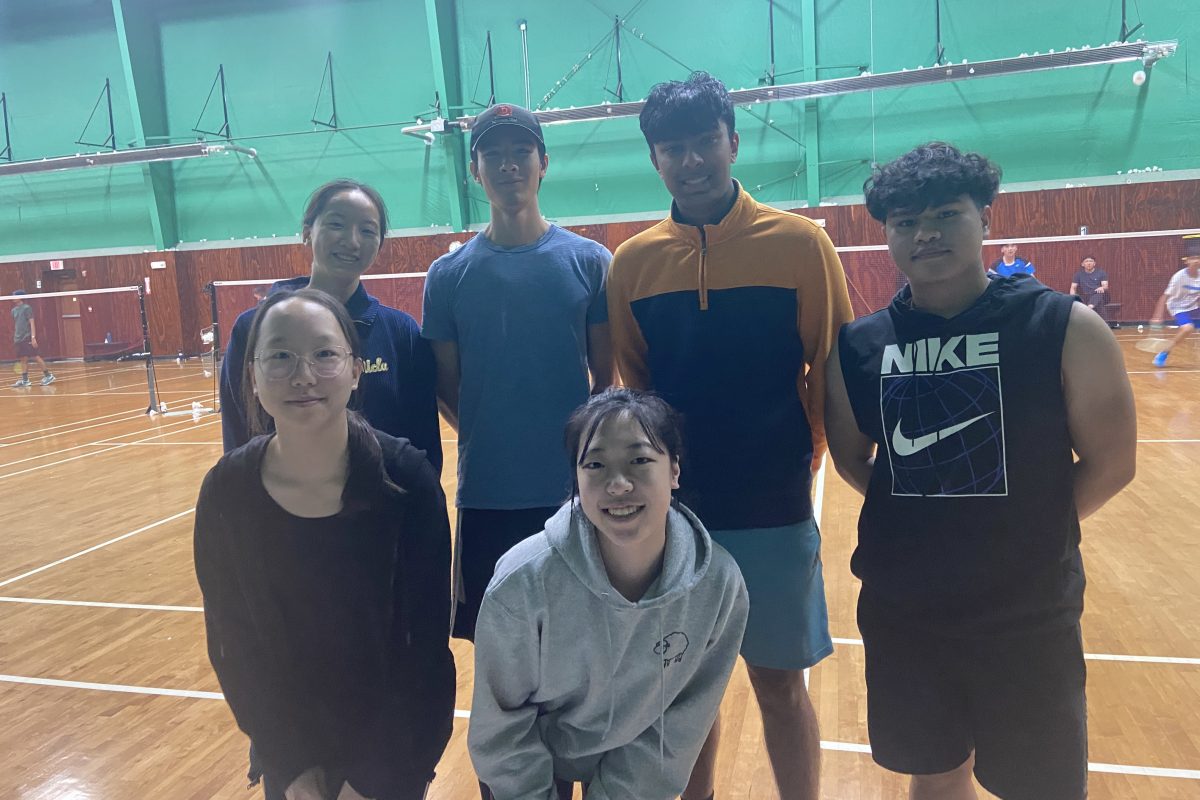
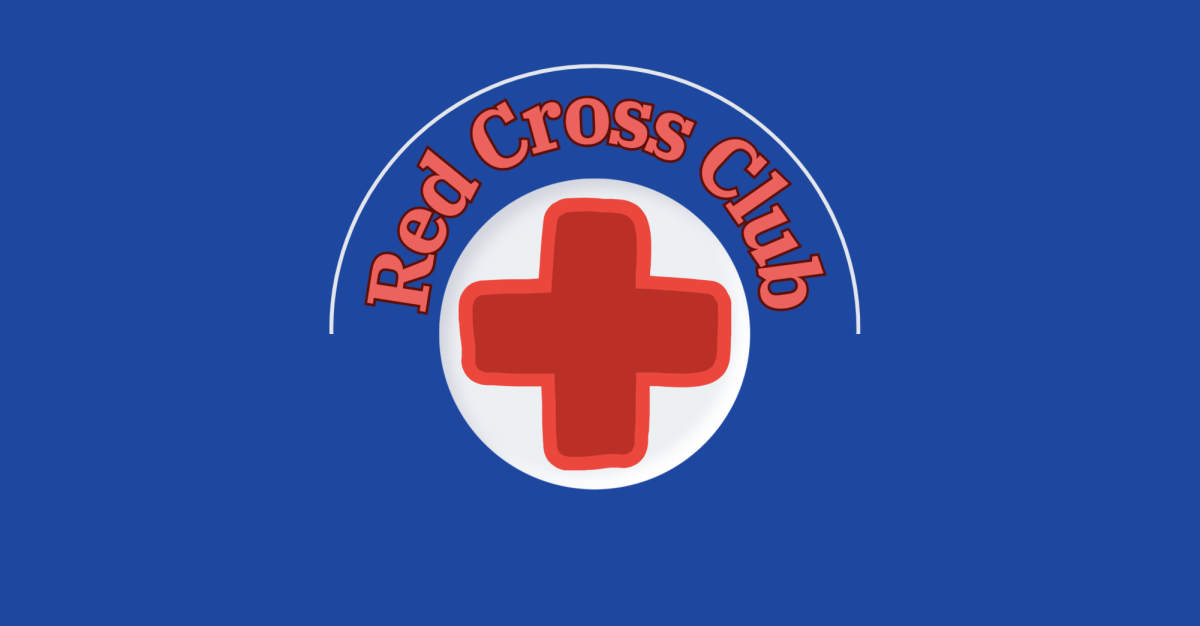


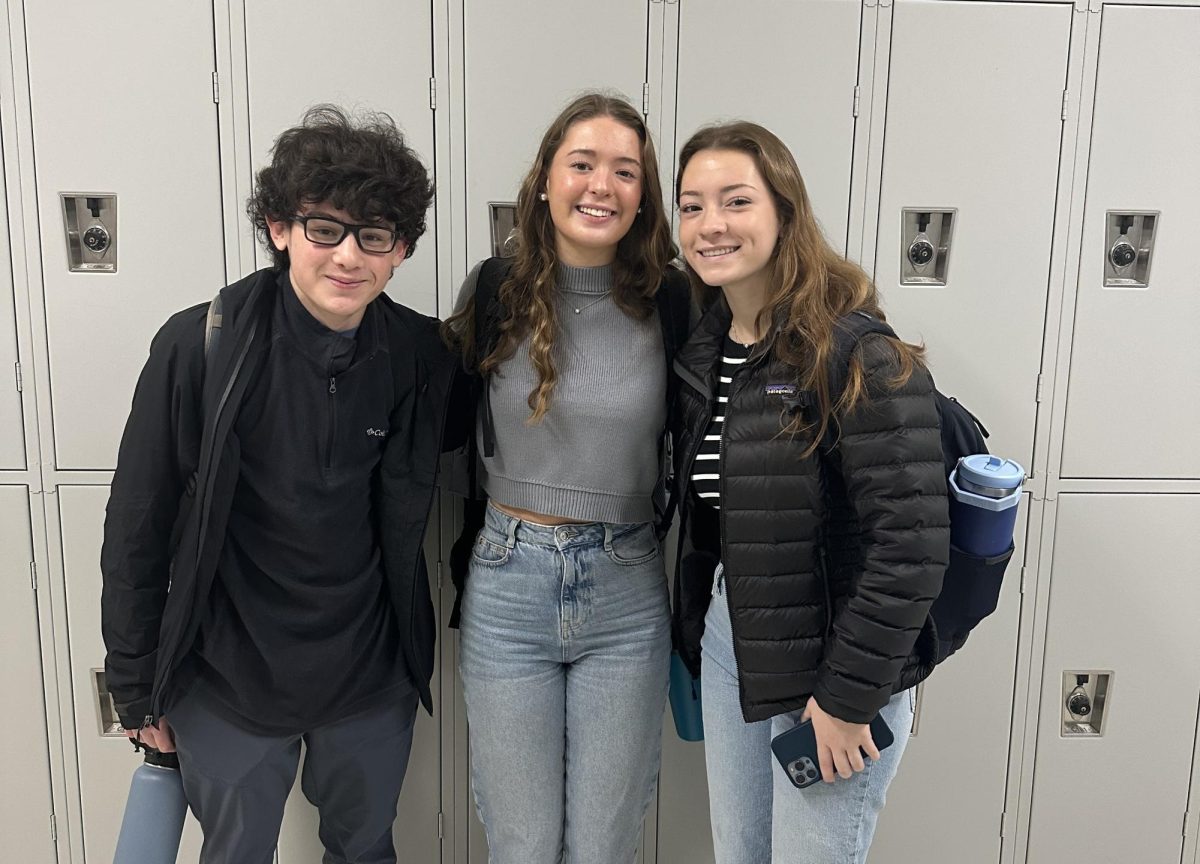


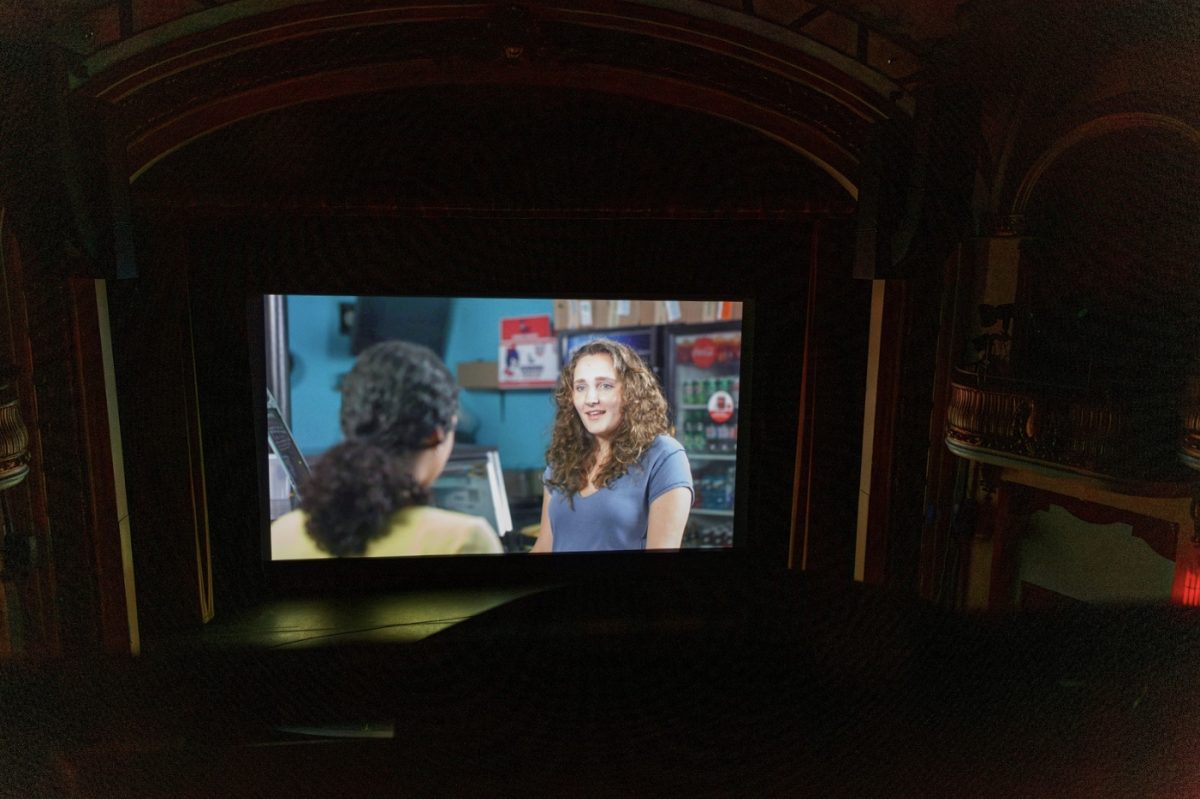
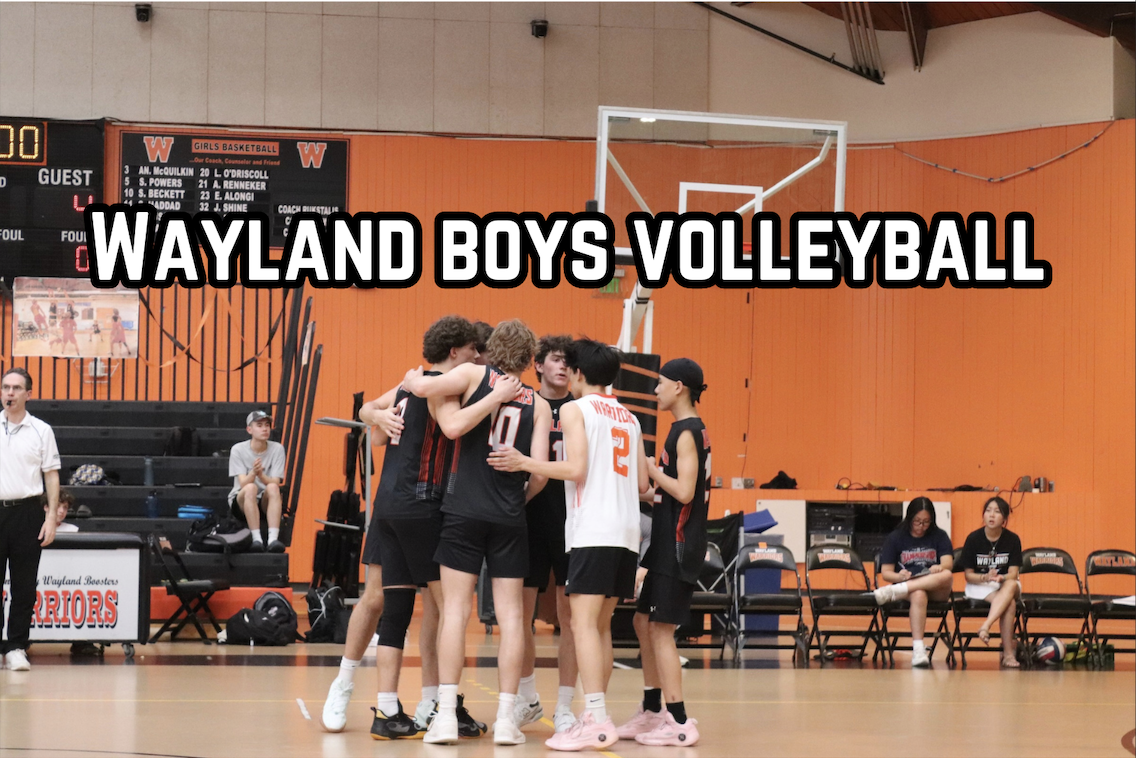


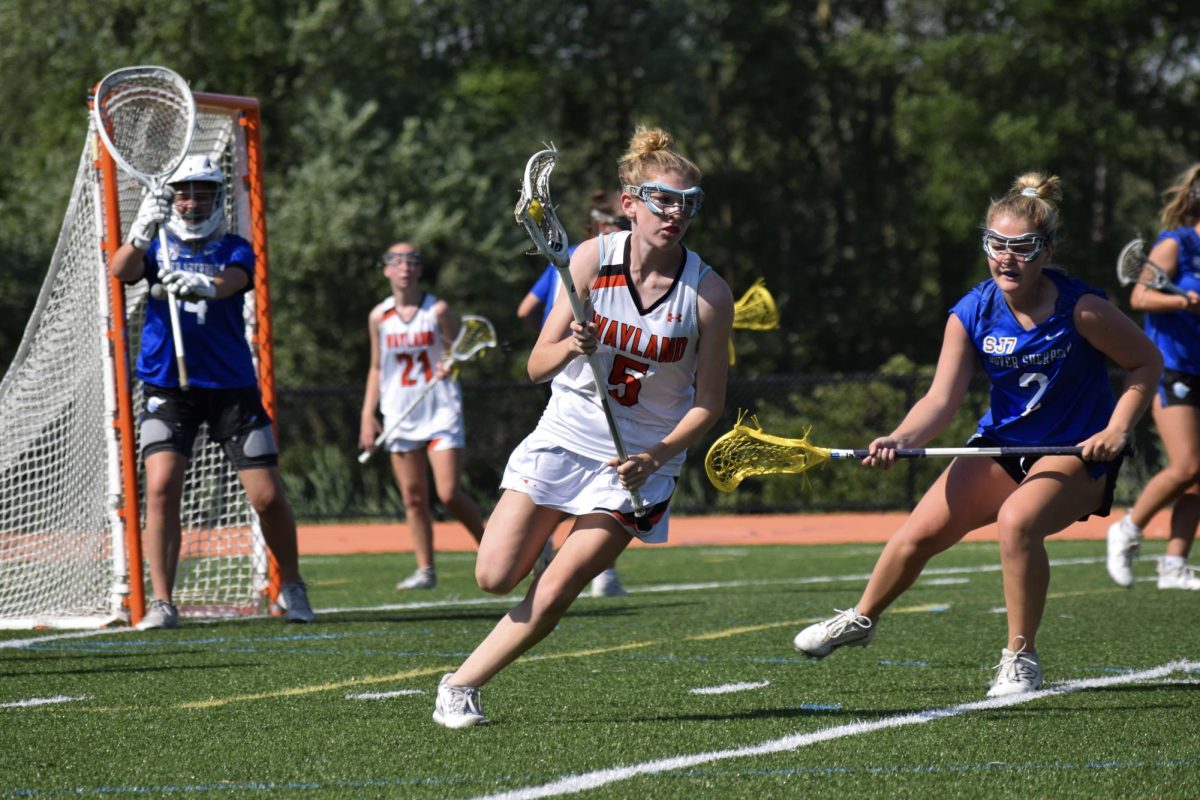
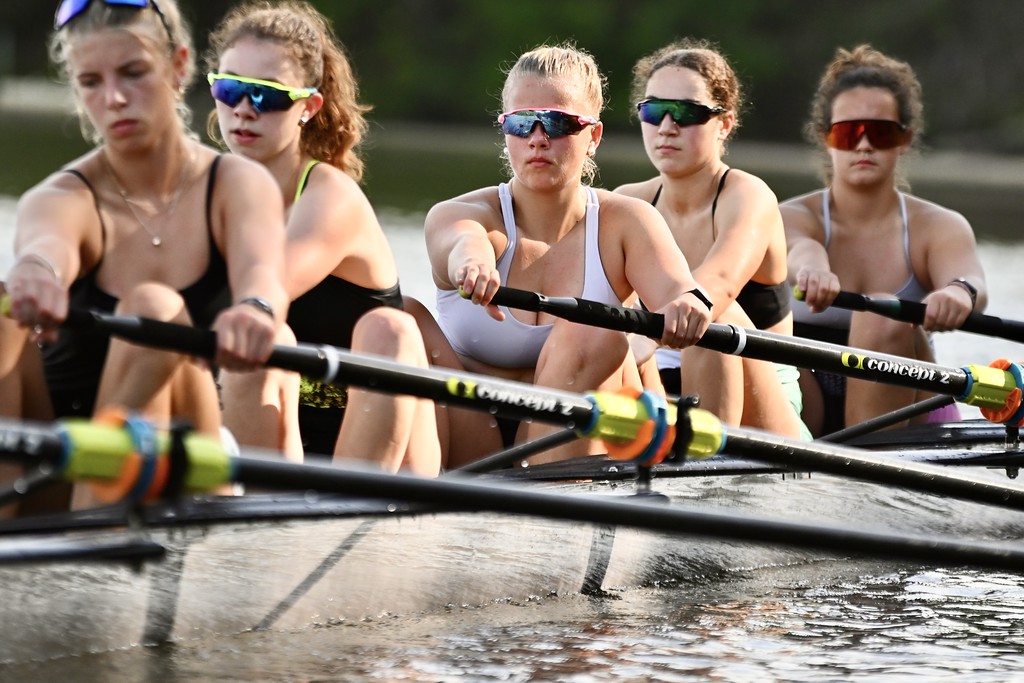
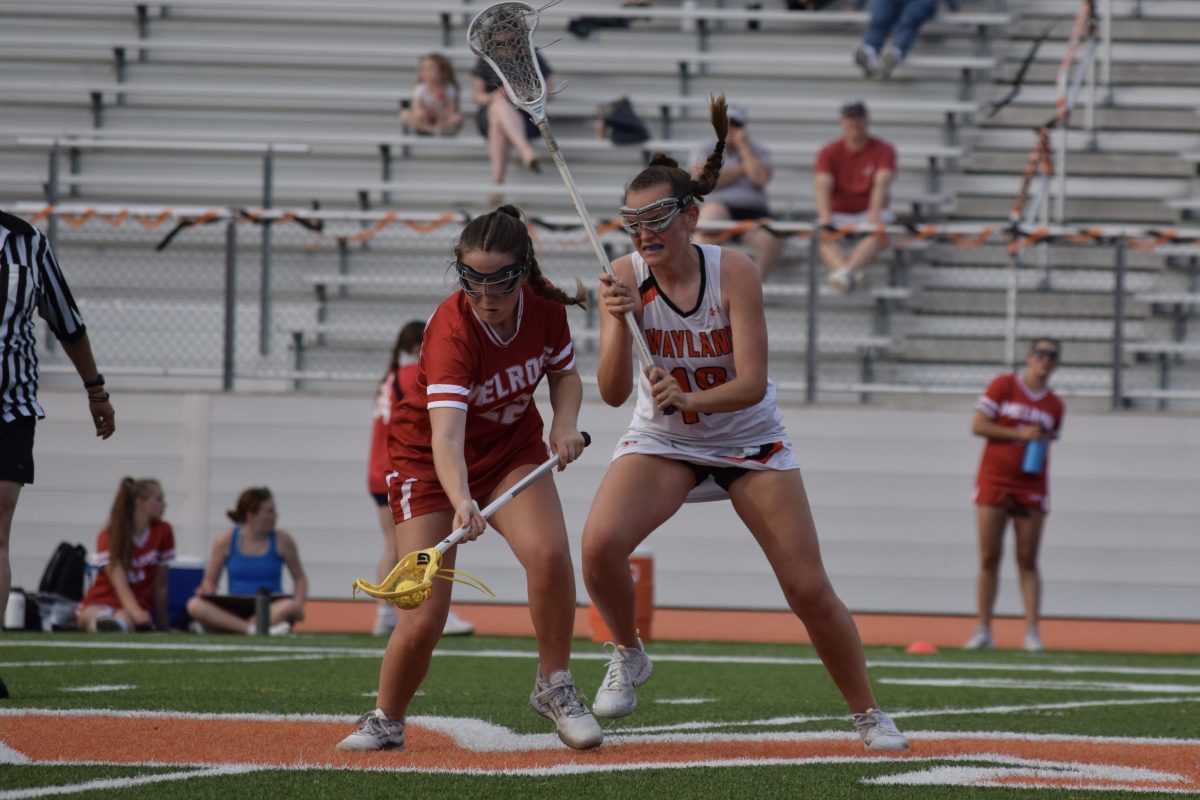





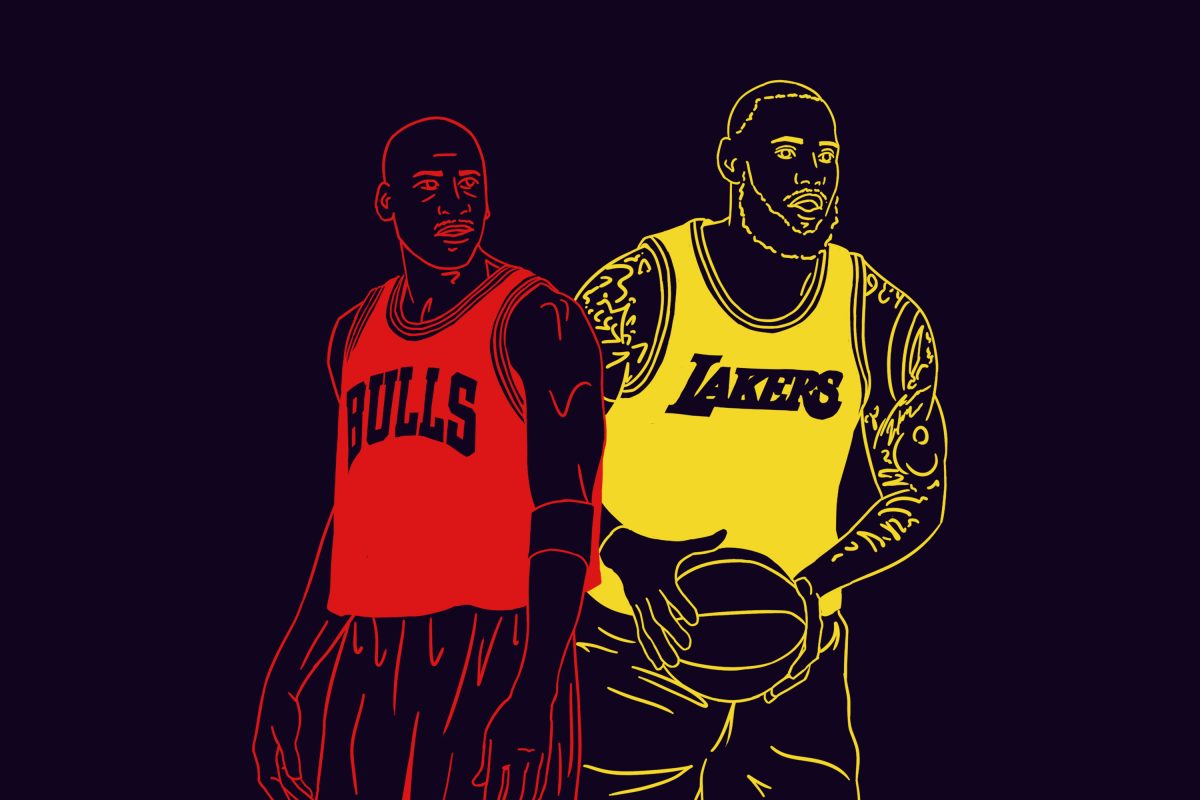
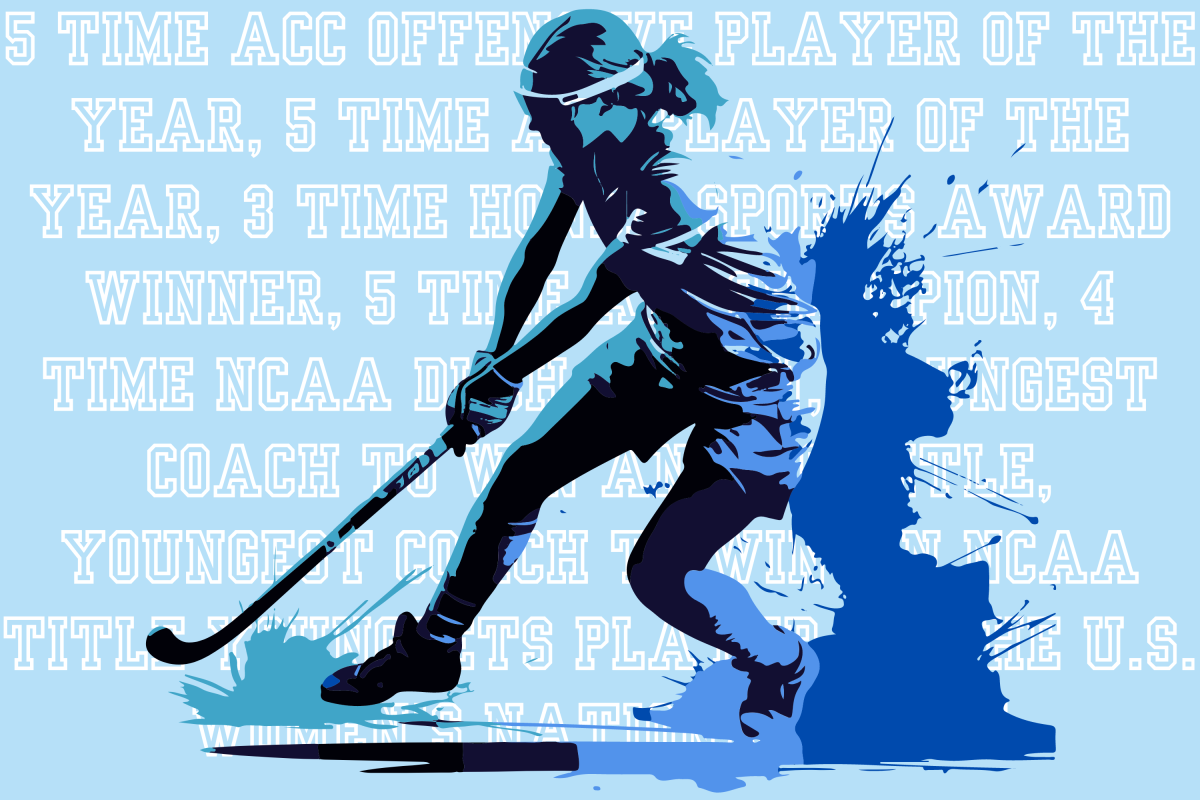
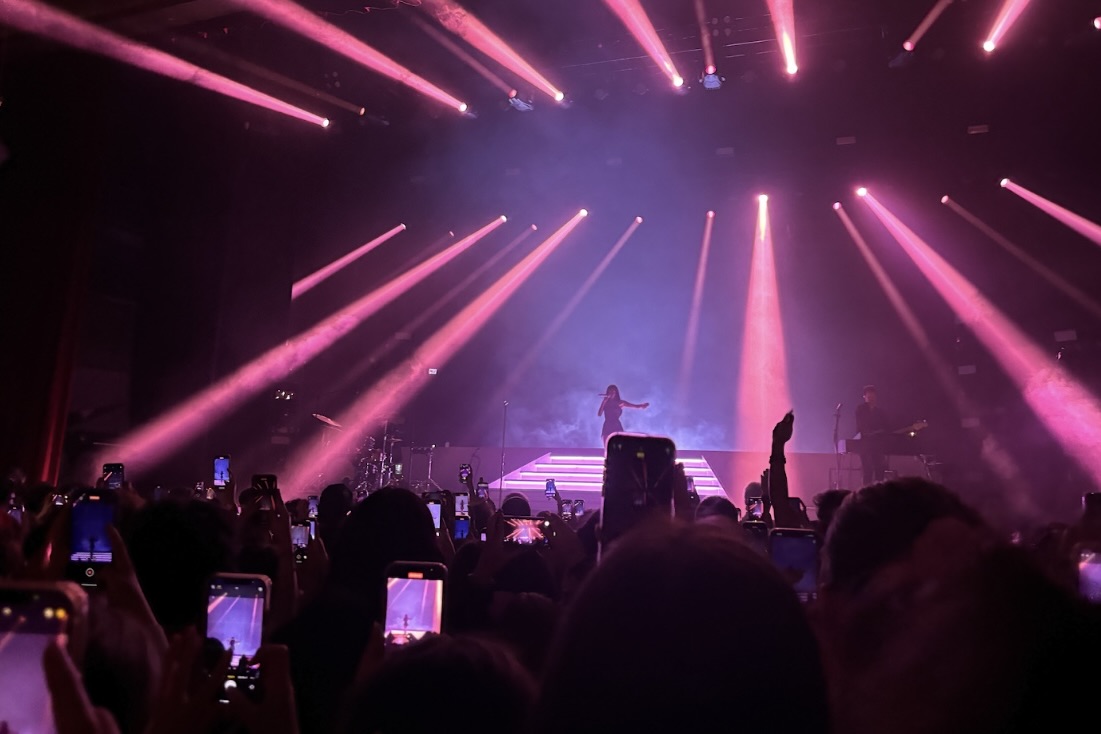
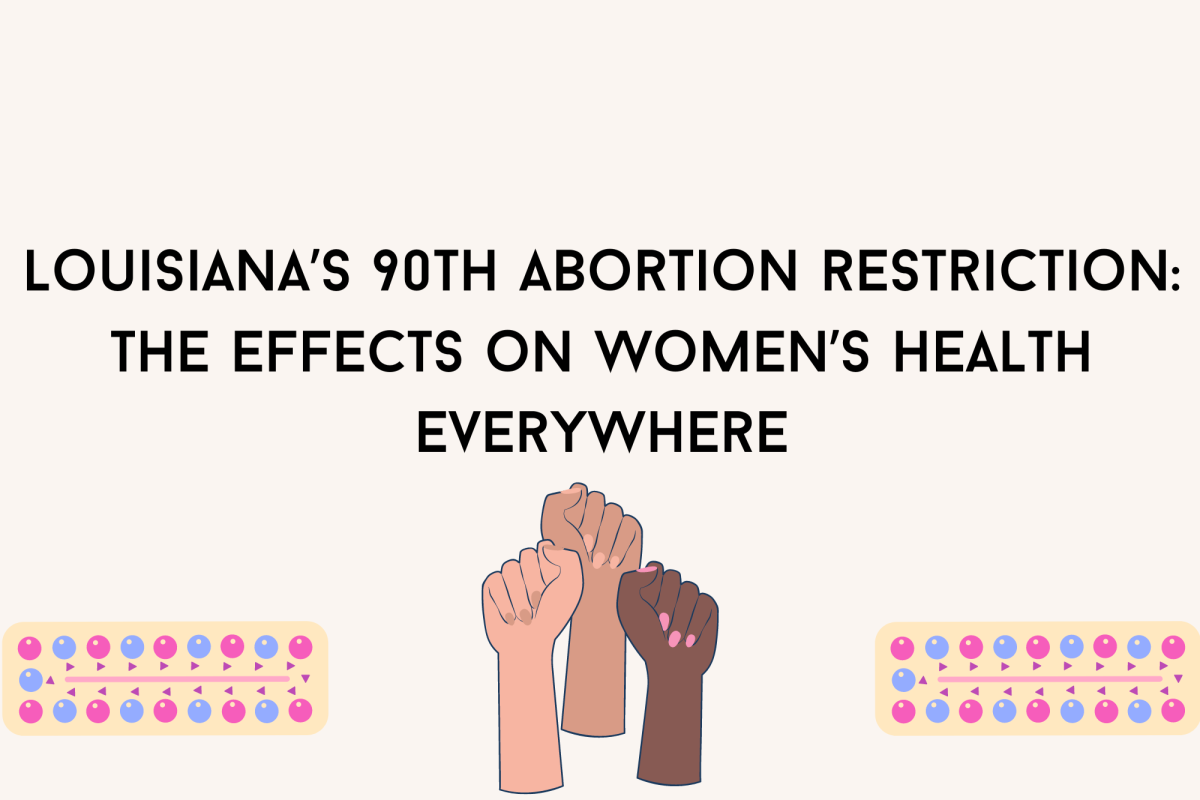
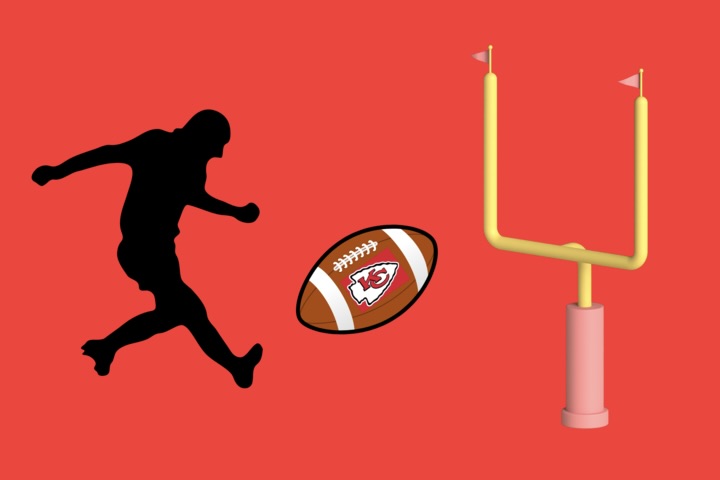
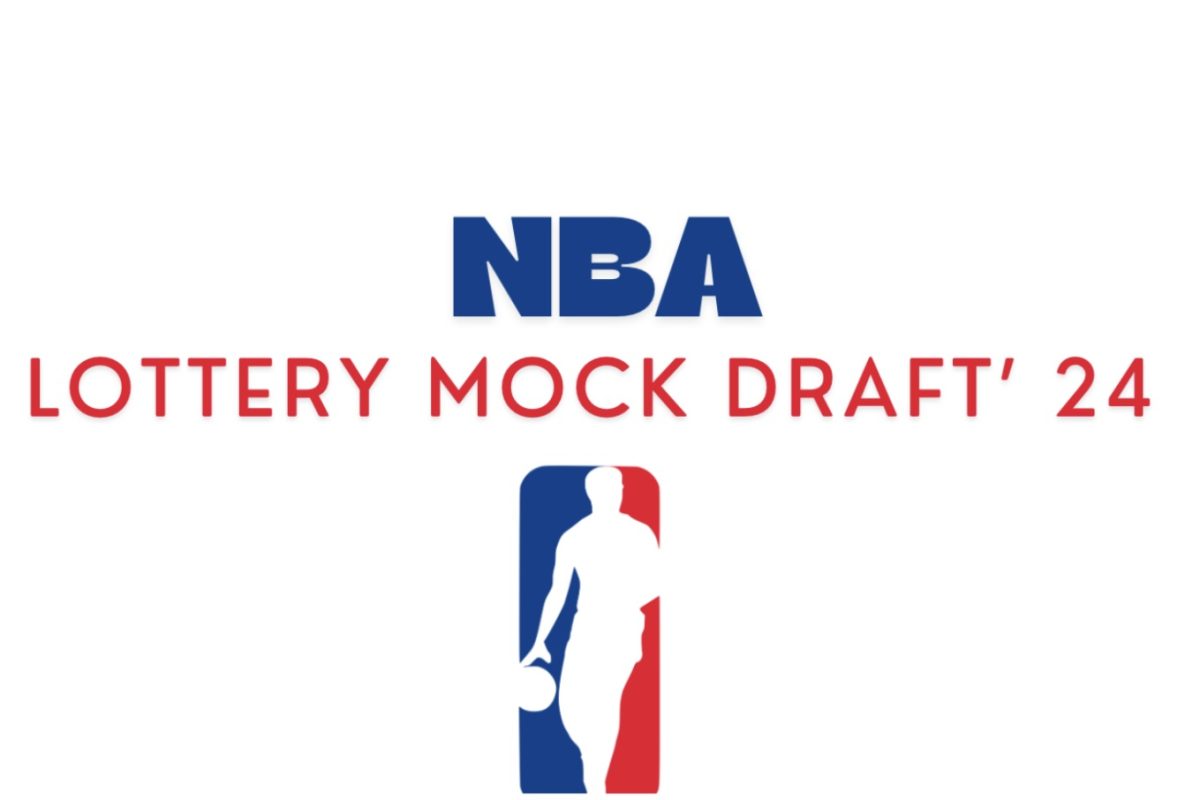
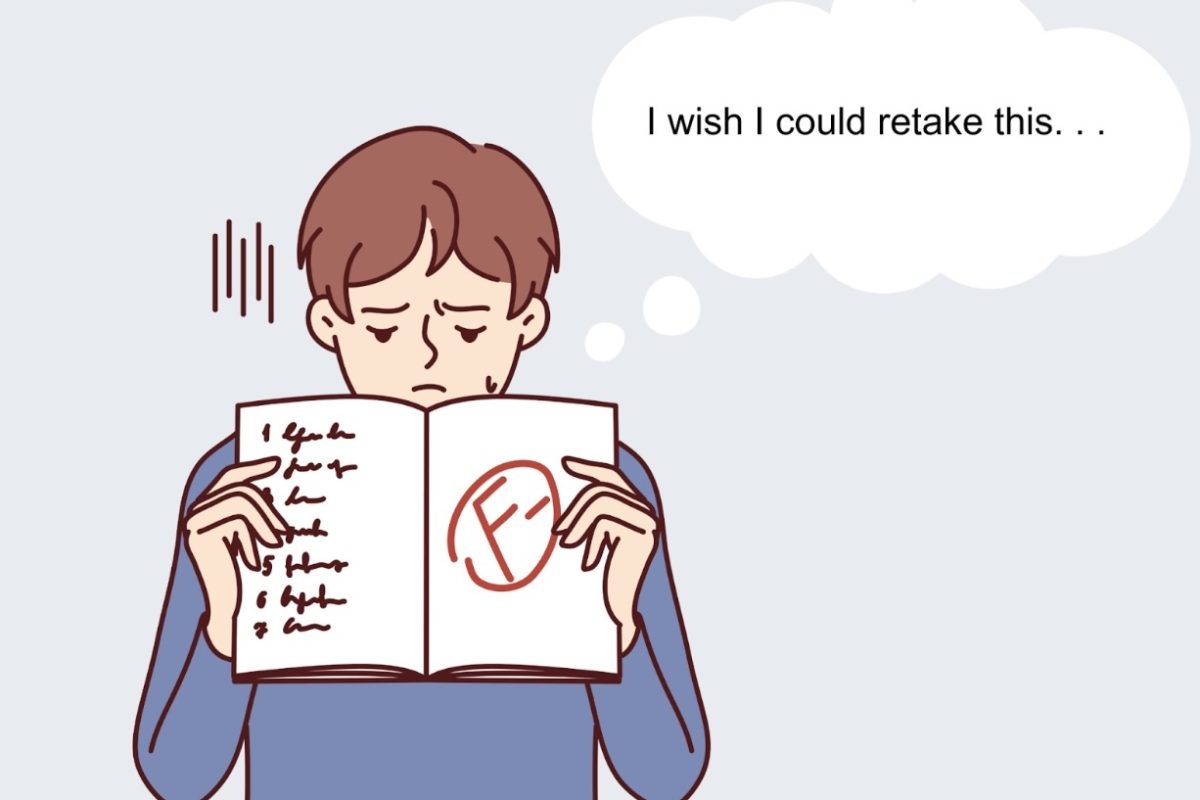
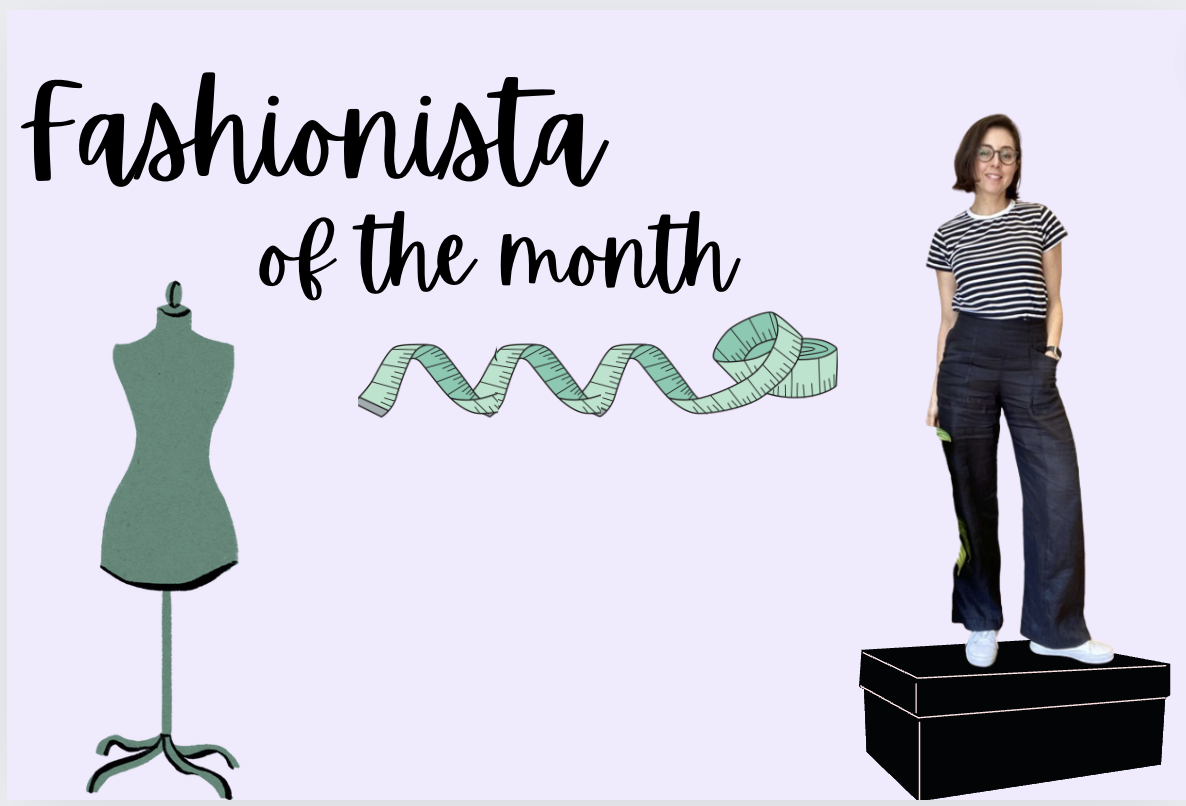




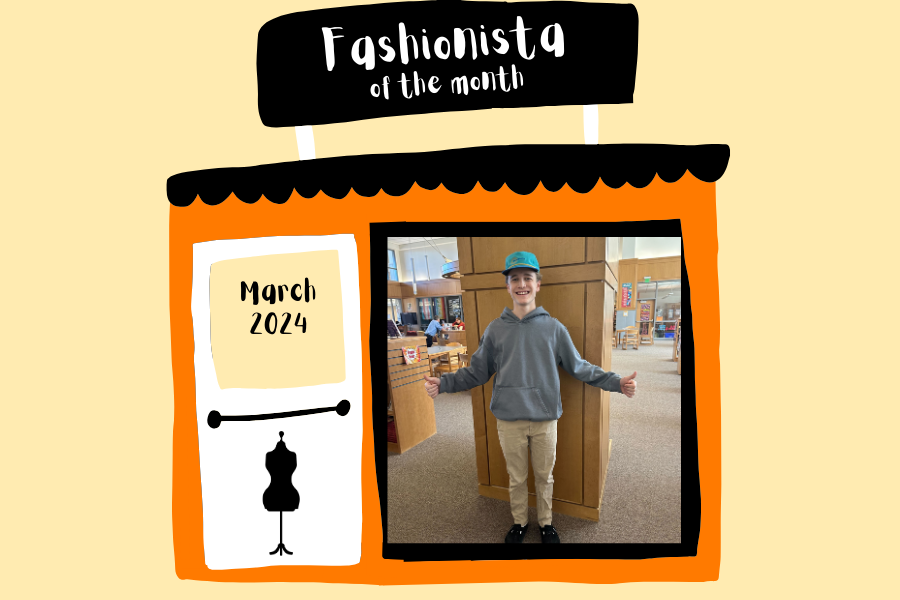
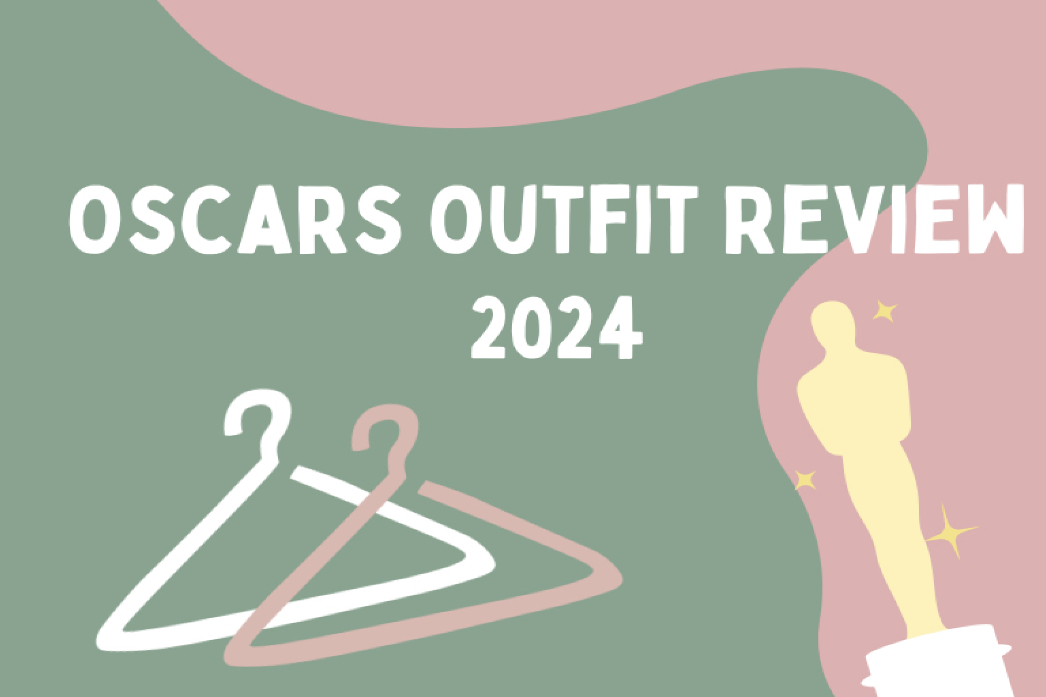
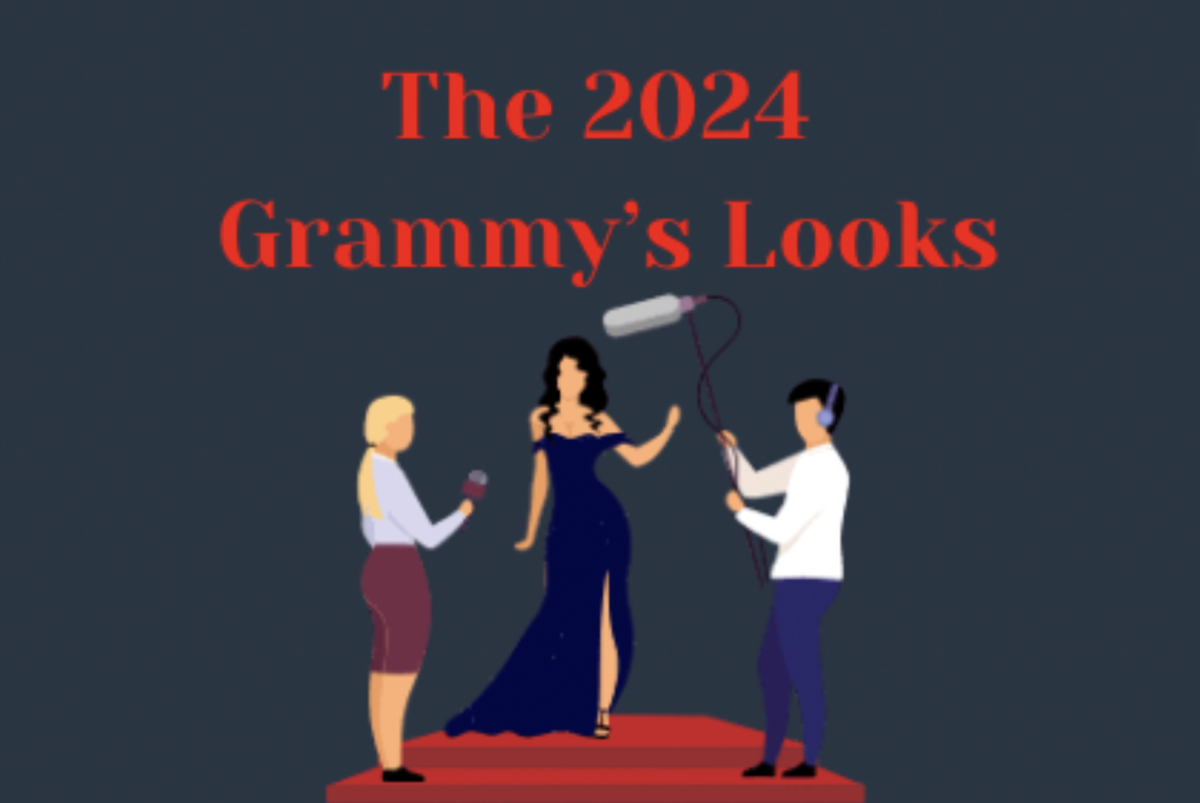
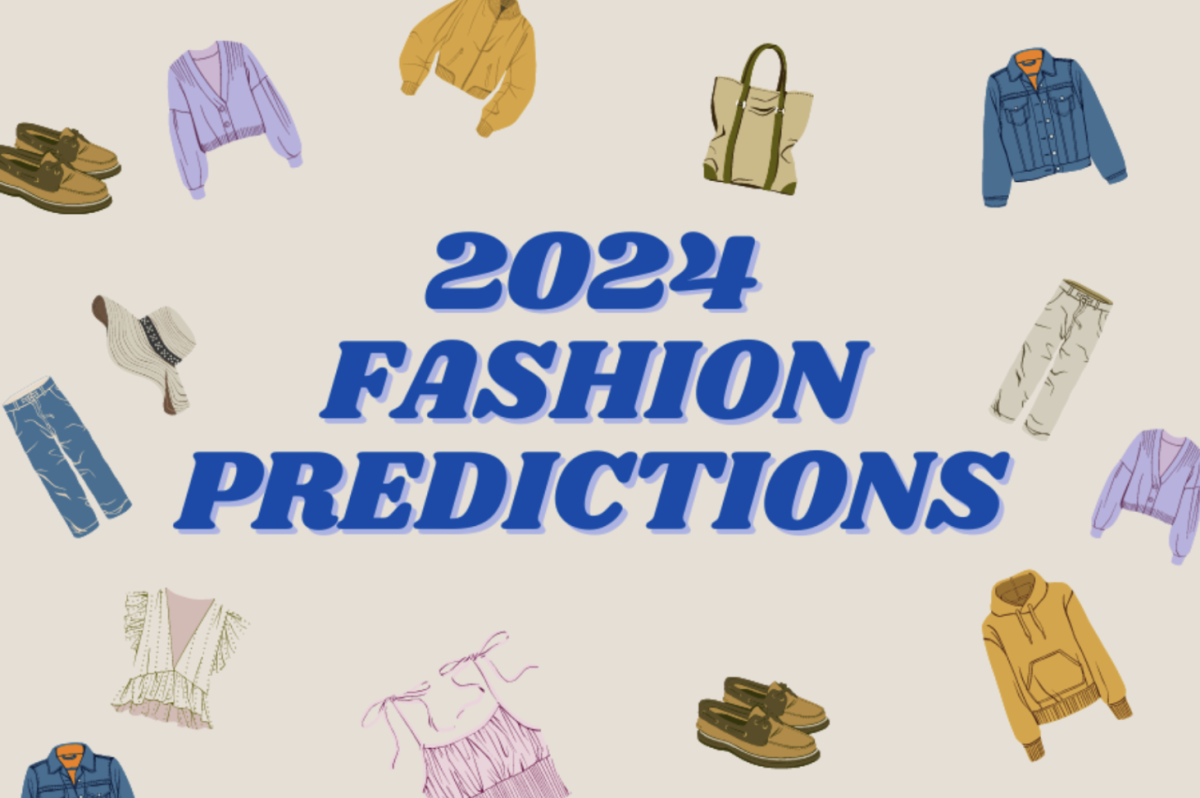
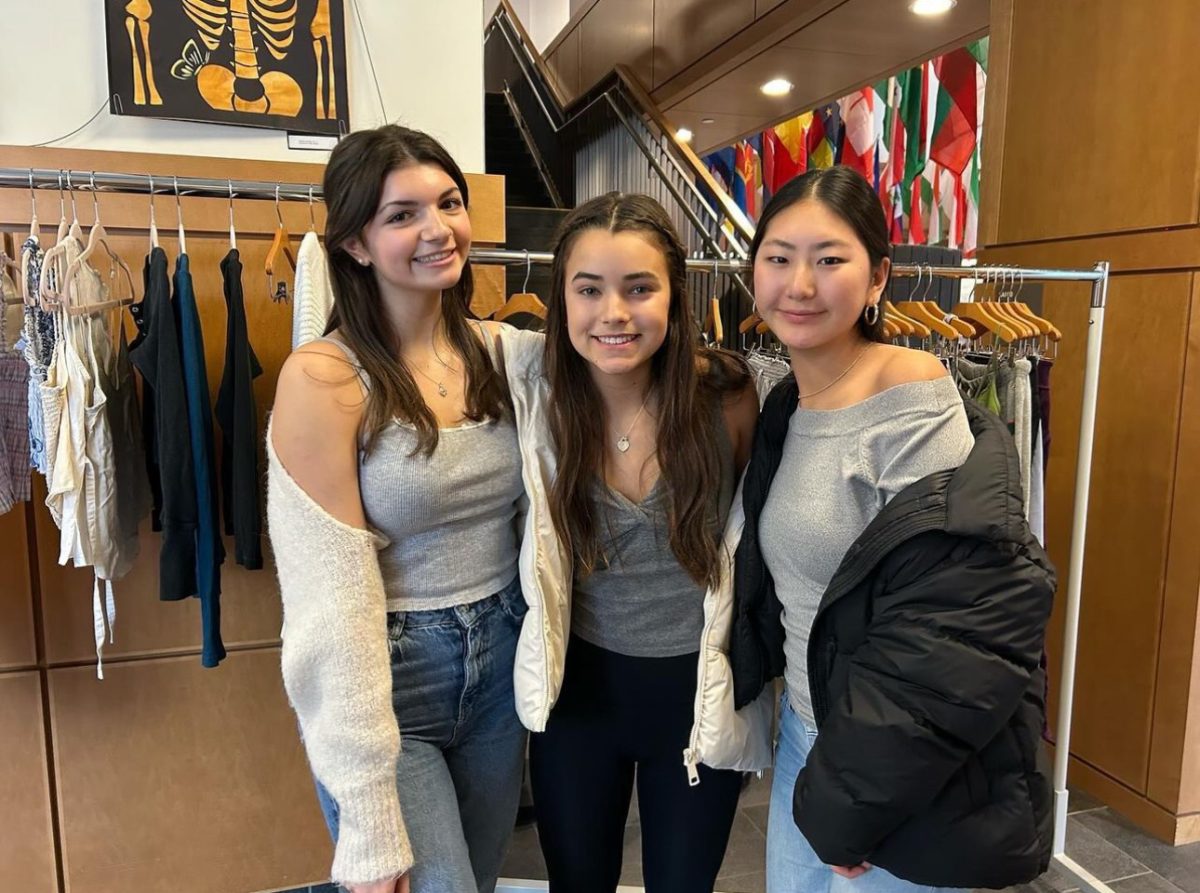
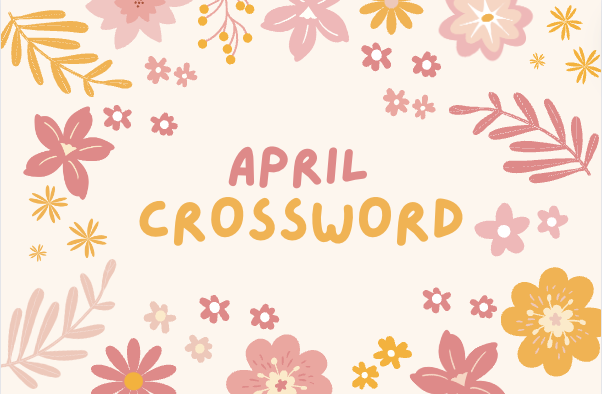
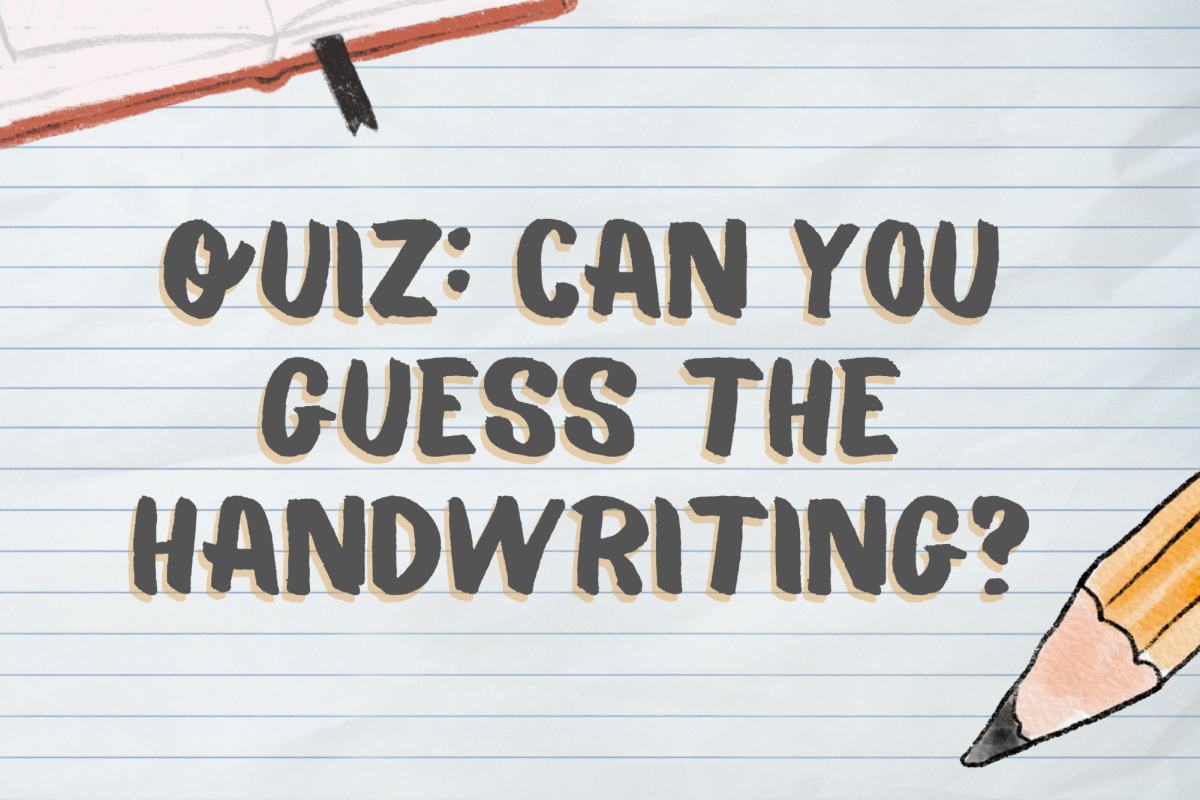
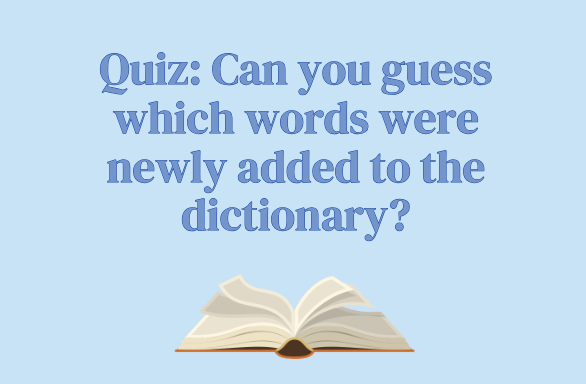
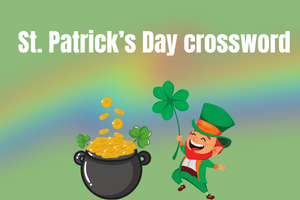
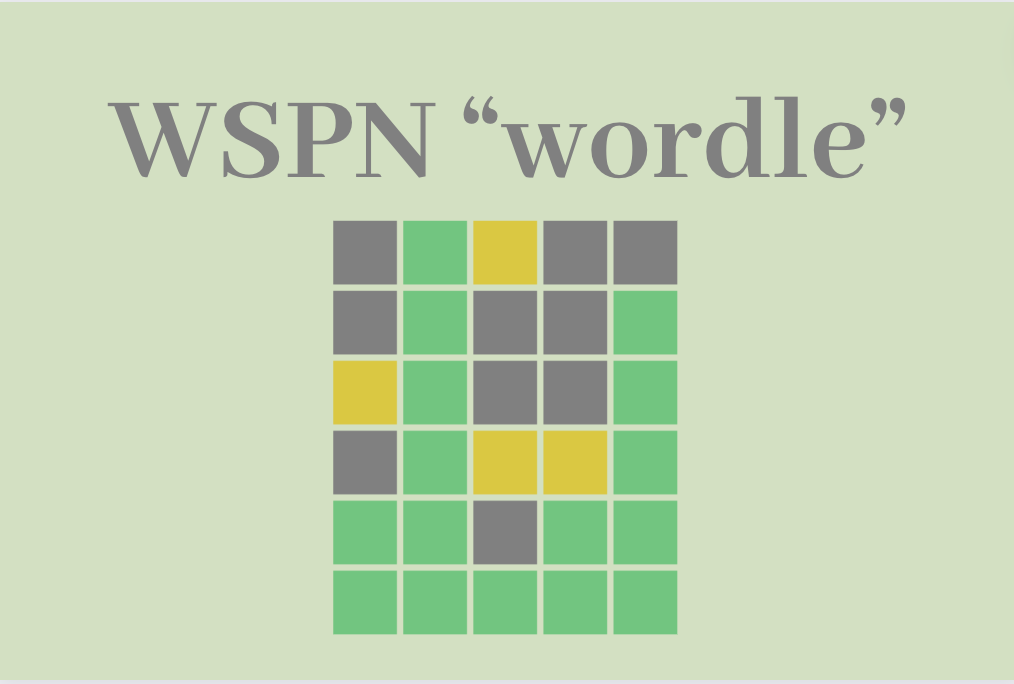
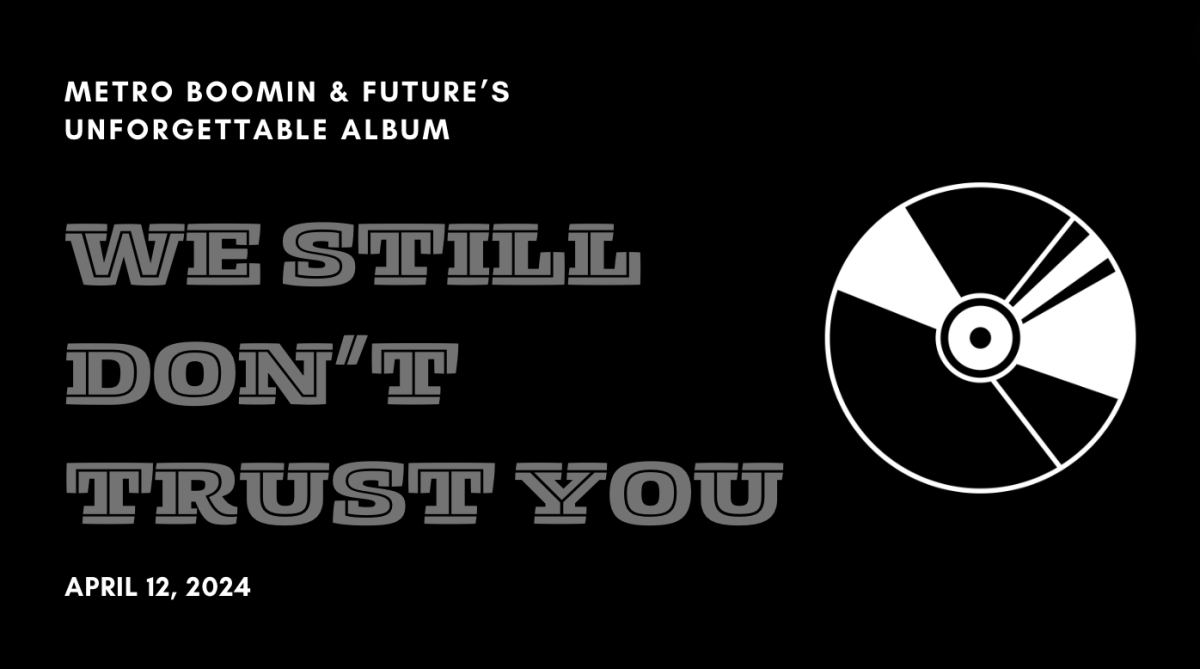

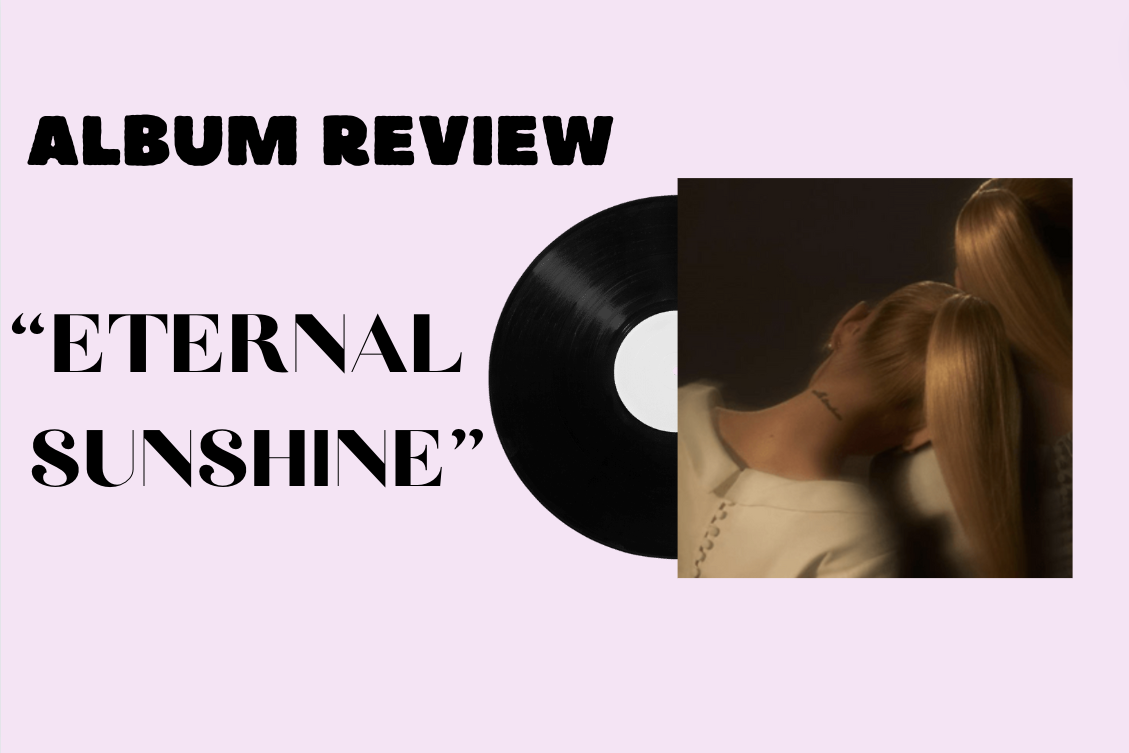


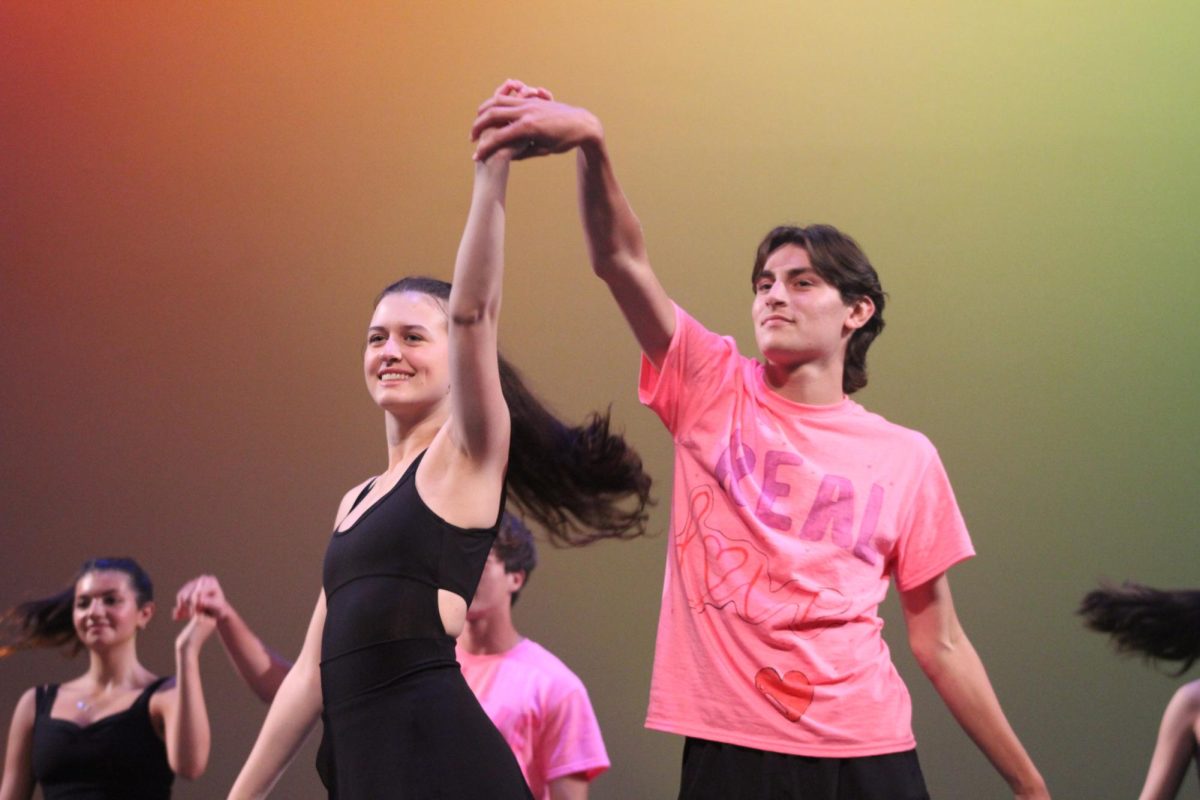

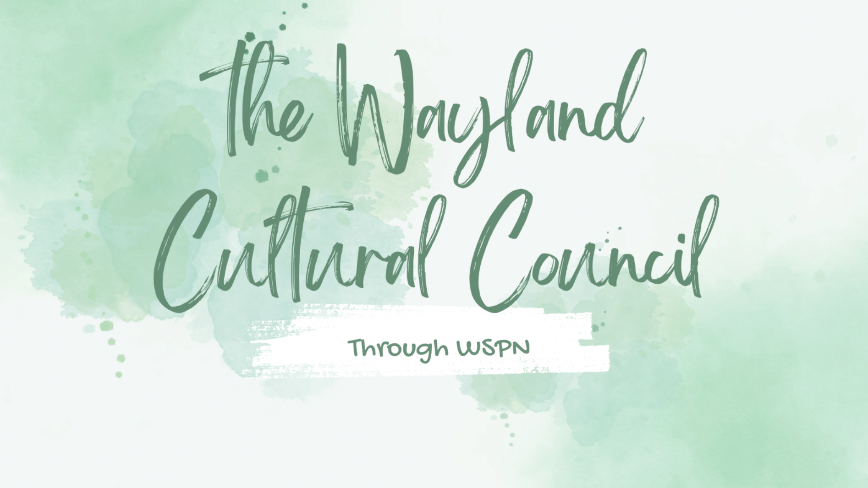

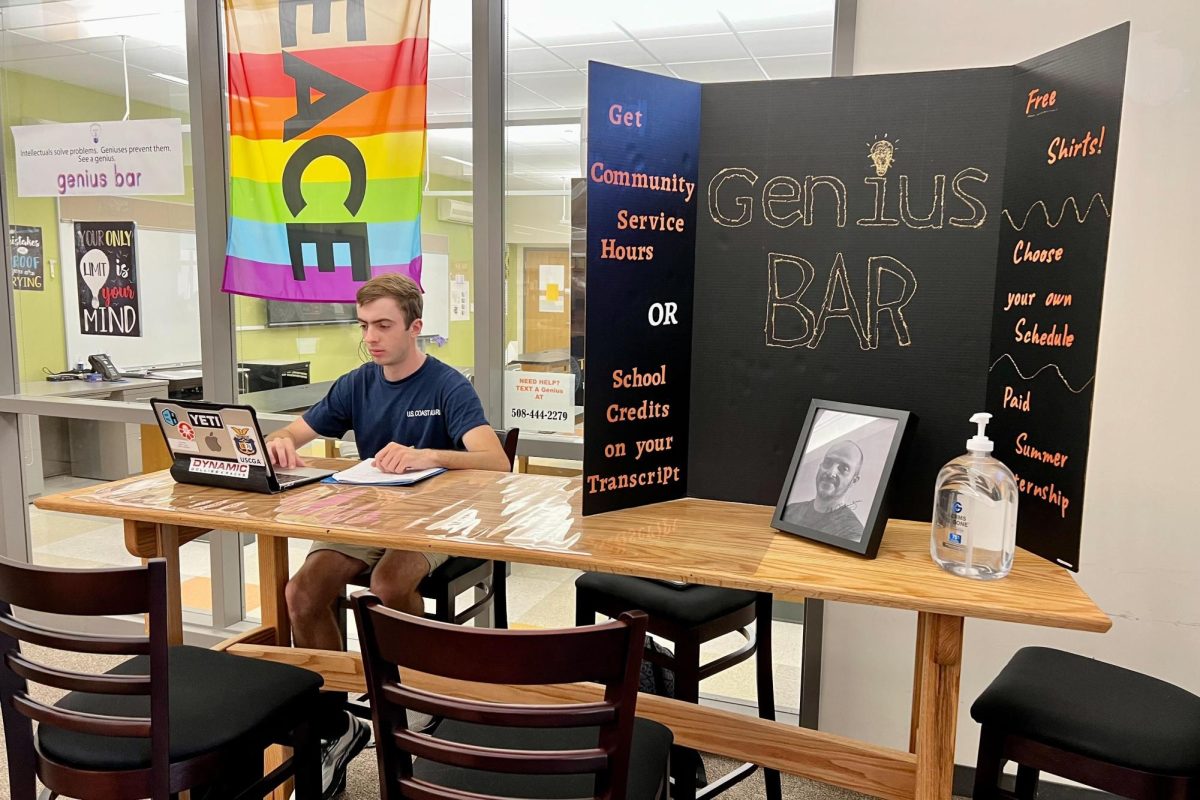
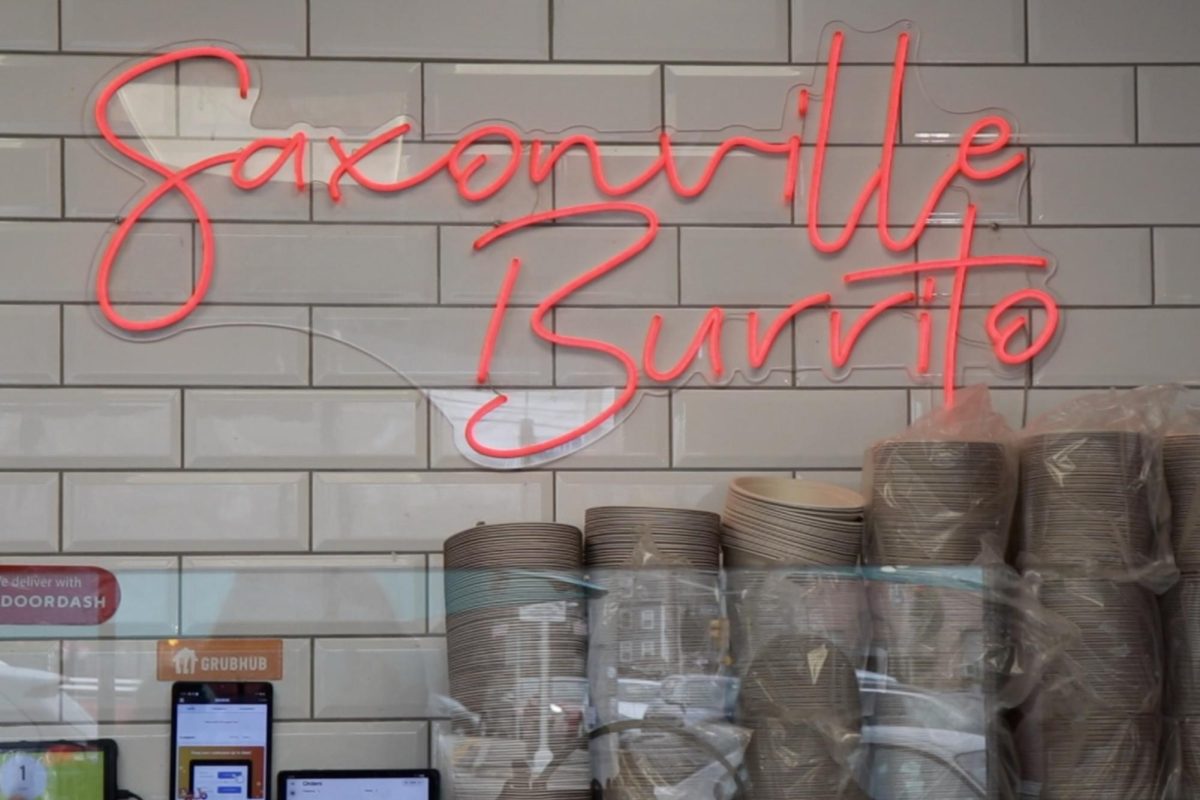
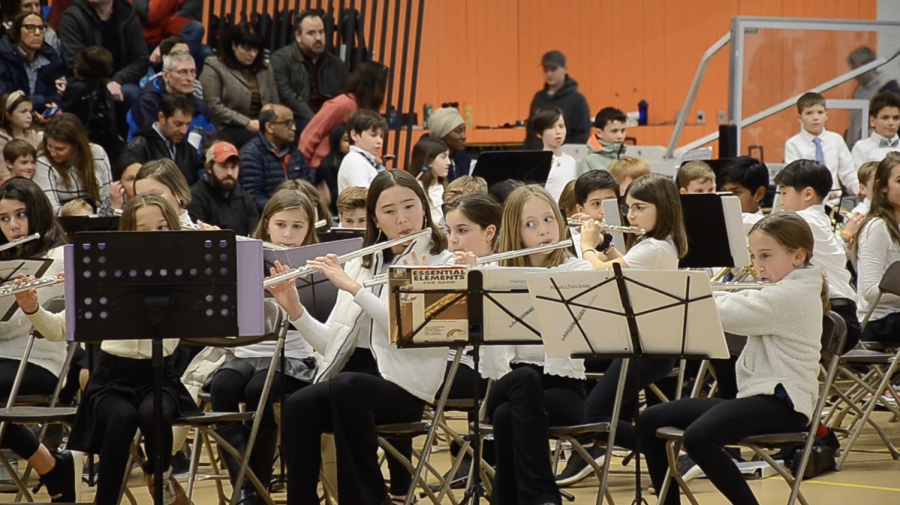
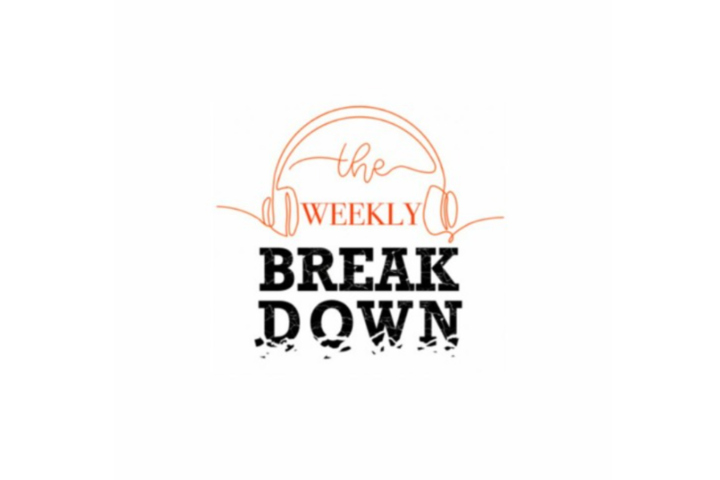
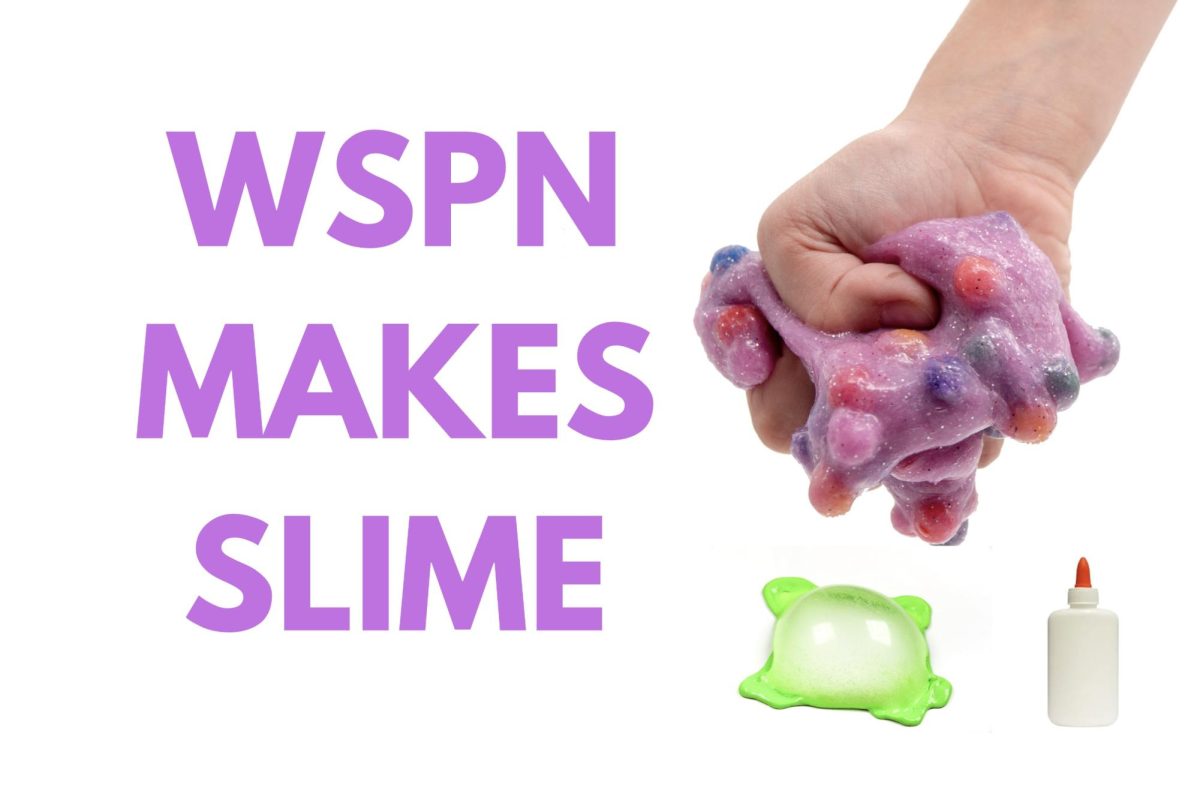

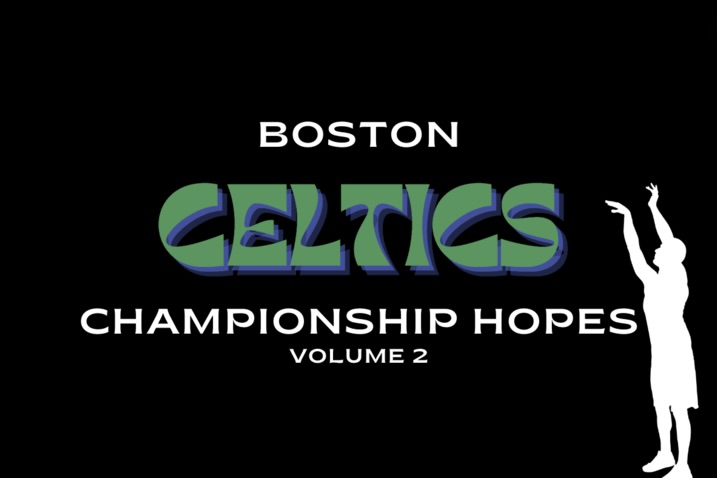
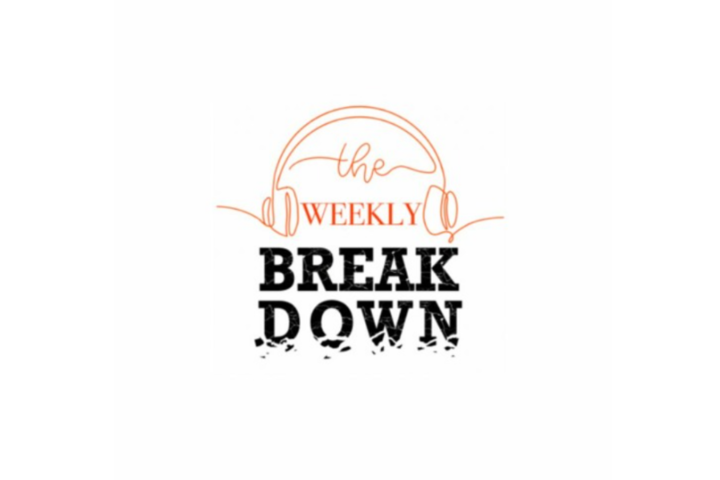
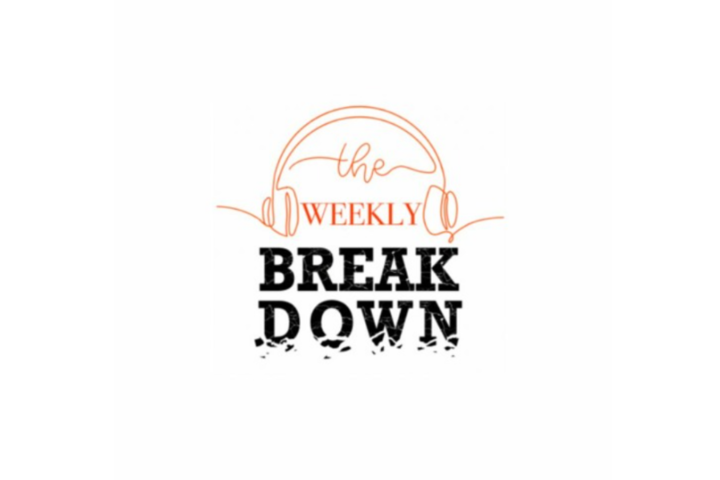







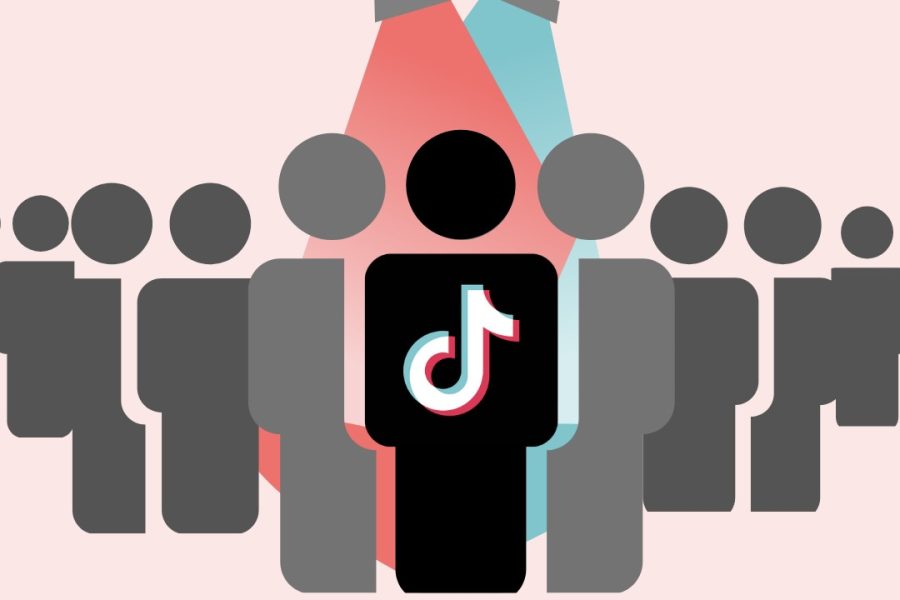


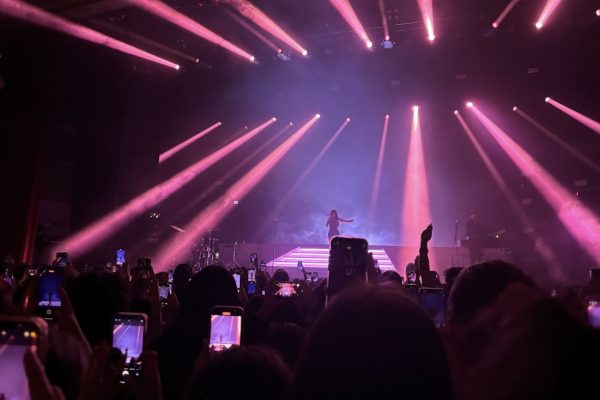
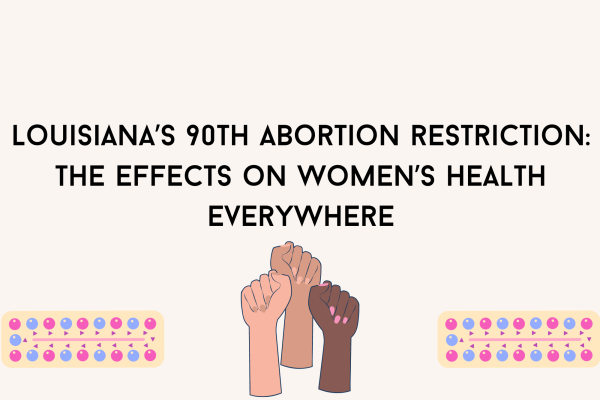
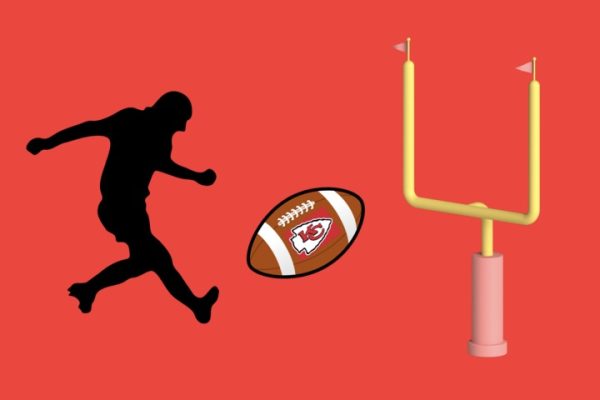
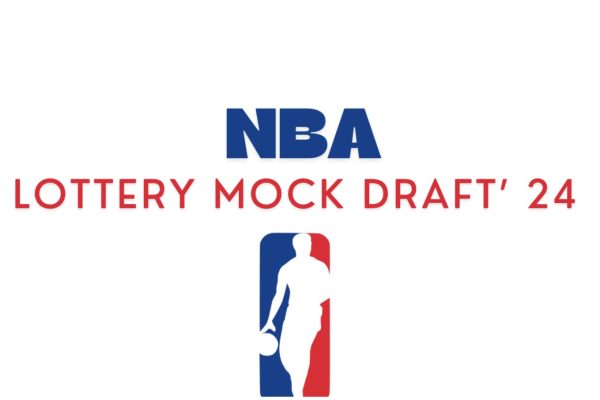

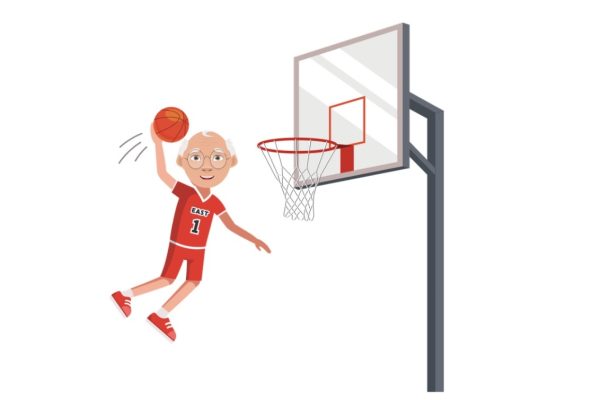
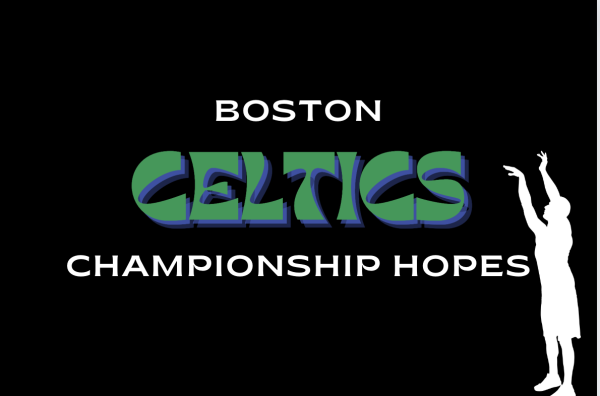

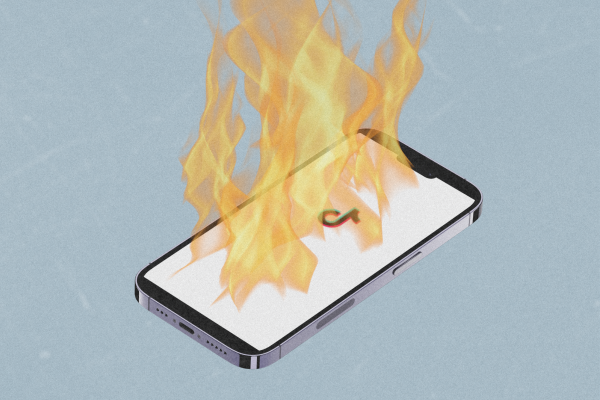

Pat Conaway • Feb 15, 2022 at 6:23 PM
Absolutely brilliant, engaging. You have an enormous gift. Love, Pappy